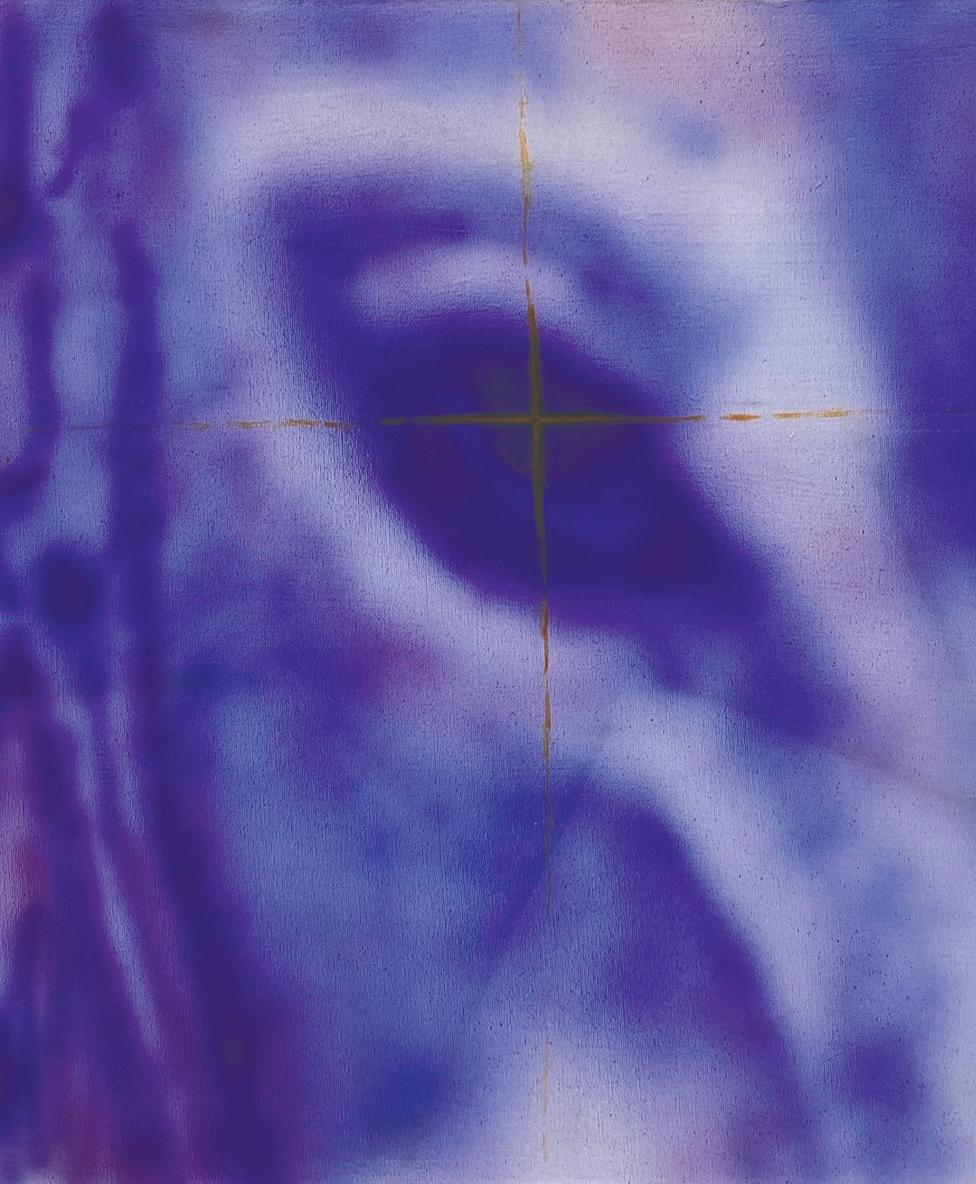
Lola Simon
03THIS WEEK IN ECLIPSE
Cecilia Barron & Yoni Weil
Joshua Koolik


Lola Simon
03THIS WEEK IN ECLIPSE
Cecilia Barron & Yoni Weil
Joshua Koolik
MANAGING EDITORS
Angela Lian
Arman Deendar
Kolya Shields
WEEK IN REVIEW
Cecilia Barron
Yoni Weil
ARTS
George Nickoll
Linnea Hult
EPHEMERA
Colin Orihuela
Quinn Erickson
FEATURES
Luca Suarez
Paulina Gąsiorowska
Plum Luard
LITERARY
Jane Wang
Madeline Canfield
METRO
DESIGN EDITORS
Andrew Liu
Ollantay Avila
Ash Ma
COVER COORDINATORS
Julia Cheng
Sylvie Bartusek
STAFF WRITERS
Abani Neferkara
Aboud Ashhab
Angela Qian
Caleb Stutman-Shaw
Charlie Medeiros
Charlinda Banks
Corinne Leong
Coby Mulliken
David Felipe
Emily Mansfield
Emily Vesper
Gabrielle Yuan
Jenny Hu
Kalie Minor
Kayla Morrison
Lucia Kan-Sperling
Maya Avelino
ILLUSTRATION EDITORS
Izzy Roth-Dishy
Julia Cheng
DESIGNERS
Anahis Luna
Eiffel Sunga
Jolin Chen
Kay Kim
Minah Kim
Nada (Neat) Rodanant
Nor Wu
Rachel Shin
Riley Cruzcosa
Ritvik Bhadury
Sejal Gupta
Simon Yang
Tanya Qu
Yuexiao Yang
Zoe Rudolph-Larrea
Lucy Pham
ILLUSTRATORS
Abby Berwick
Aidan Choi
Alena Zhang
Angela Xu
Martina Herman & James Langan
Sam Stewart
Georgia Turman
Abani Neferkara 10THE
Riley Gramley 12TO
Audrey He 13ACROSS
Emilie Guan
Keelin Gaughan & Ashton Higgins
Evan McHenry
Solveig Asplund 20BULLETIN
Emilie Guan & RL Wheeler
Self-Help Books I Wish Existed:
How to Concern Yourself With Greater Things
How to Disassociate from Meaning
How to Surpass Self-Help
How to Aufhebung
How to Formalize Foreplay
How to Love Your Oppressor
How to Treat Your Grandfather as a Child
How to Make Money from Art
How to Turn Without Re-Turning
How to Love Your Diagnosis
How to Manage-Edit the Indy -K
Ashton Higgins
Keelin Gaughan
Sofia Barnett
SCIENCE + TECH
Christina Peng
Daniel Zheng
Jolie Barnard
WORLD
James Langan
Tanvi Anand
X
Claire Chasse
Joshua Koolik
Lola Simon
DEAR INDY
Solveig Asplund
SCHEMA
Lucas Galarza
Sam Stewart
BULLETIN BOARD
Emilie Guan
RL Wheeler
DEVELOPMENT TEAM
Audrey He
Avery Liu
Yunan (Olivia) He
*Our Beloved Staff
Martina Herman
Nadia Mazonson
Nan/Jack Dickerson
Naomi Nesmith
Nora Mathews
Riley Gramley
Riyana Srihari
Saraphina Forman
Yunan (Olivia) He
COPY EDITORS / FACT-CHECKERS
Anji Friedbauer
Audrey He
Avery Liu
Ayla Tosun
Becca Martin-Welp
Ilan Brusso
Lila Rosen
Naile Ozpolat
Samantha Ho
Yuna Shprecher
SOCIAL MEDIA TEAM
Eurie Seo
Jolie Barnard
Nat Mitchell
Yuna Shprecher
FINANCIAL COORDINATOR
Simon Yang
Anna Fischler
Avery Li
Catie Witherwax
Cindy Liu
Ellie Lin
Greer Nakadegawa-Lee
Luca Suarez
Luna Tobar
Meri Sanders
Mingjia Li
Muzi Xu
Nan/Jack Dickerson
Jessica Ruan
Julianne Ho
Ren Long
Ru Kachko
Sofia Schreiber
Sylvie Bartusek
COPY CHIEF
Ben Flaumenhaft
WEB DESIGNERS
Eleanor Park
Lucy Pham
Mai-Anh Nguyen
Na Nguyen
SENIOR EDITORS
Angela Qian
Corinne Leong
Charlie Medeiros
Isaac McKenna
Jane Wang
Lily Seltz
Lucia Kan-Sperling
The College Hill Independent is a Providence-based publication written, illustrated, designed, and edited by students from Brown University and the Rhode Island School of Design. Our paper is distributed throughout the East Side, Downtown, and online. The Indy also functions as an open, leftist, consciousness-raising workshop for writers and artists, and from this collaborative space we publish 20 pages of politically-engaged and thoughtful content once a week. We want to create work that is generative for and accountable to the Providence community—a commitment that needs consistent and persistent attention.
While the Indy is predominantly financed by Brown, we independently fundraise to support a stipend program to compensate staff who need financial support, which the University refuses to provide. Beyond making both the spaces we occupy and the creation process more accessible, we must also work to make our writing legible and relevant to our readers.
The Indy strives to disrupt dominant narratives of power. We reject content that perpetuates homophobia, transphobia, xenophobia, misogyny, ableism and/or classism. We aim to produce work that is abolitionist, anti-racist, anti-capitalist, and anti-imperialist, and we want to generate spaces for radical thought, care, and futures. Though these lists are not exhaustive, we challenge each other to be intentional and self-critical within and beyond the workshop setting, and to find beauty and sustenance in creating and working together.
( TEXT CECILIA BARRON & YONI WEIL
DESIGN SEJAL GUPTA ILLUSTRATION JULIA RUAN )
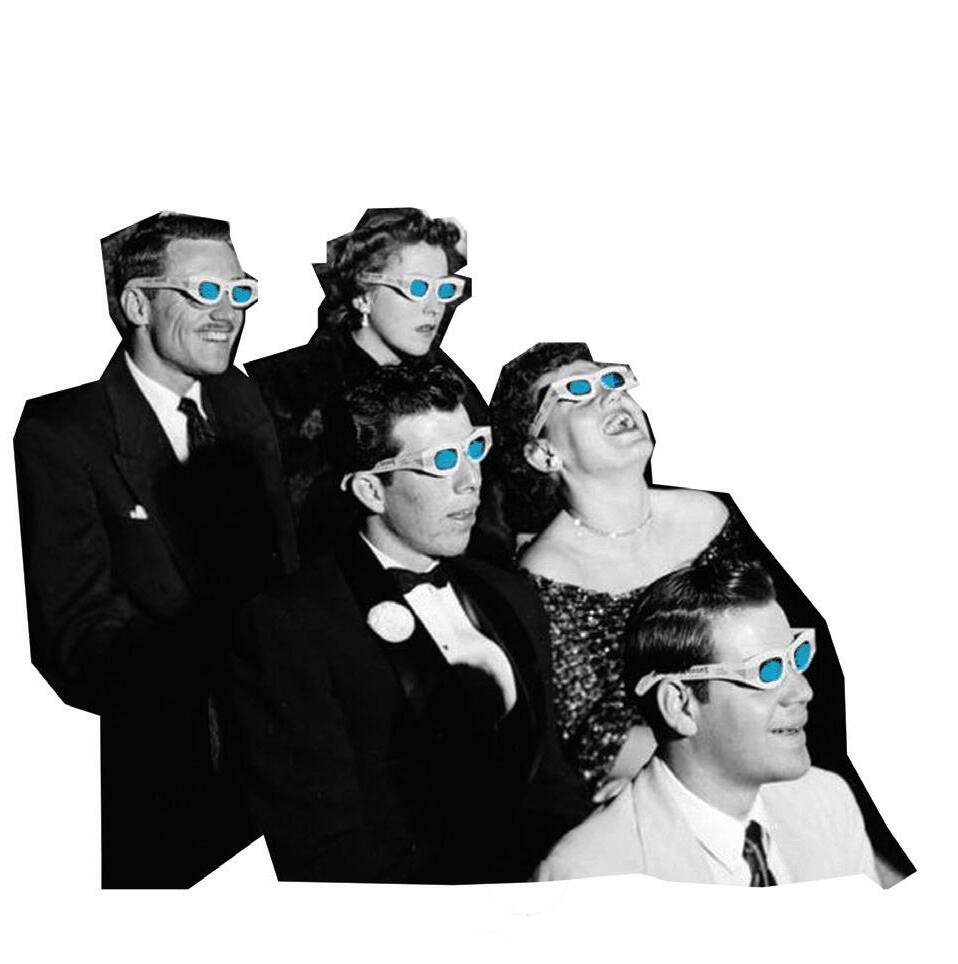

c It’s that time of the decade! Eclipse time. We know that watching the sun get absolutely bodied by the moon can be overwhelming for some. To help you cope with eclipse-induced anxiety, we’ve compiled eight lists to cover any and every eclipse concern and question you might have.
What to bring to an eclipse
- A great attitude!
- A husband
Who to bring to an eclipse
- People who hate the sun
- Your favorite Brown administrator
- Quirked-up white boy
- Gullible friend (to convince them you’re God)
- Stoner friend
- Idiot friend
- Poet
- ASMRtist
How to avoid eclipse fatigue The strength to admit that you’re at capacity Setting boundaries with yourself Coffee
Accepting that sometimes the sun and moon fight and they will get past it
How to profit off of the eclipse
- Dropshipping
- Selling tickets
- GoFundMe to get this promisin student within the path of totality
- Committing insurance fraud
- Hawking fried pickles
- Busking with moon-based material
- Shorting sunlight stocks
How to stage a breakup over the eclipse - I have personal stuff going on - I’m dealing with eclipse burnout

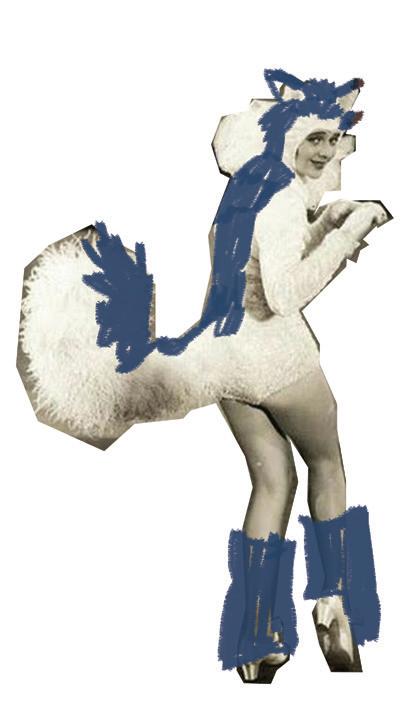
- Werewolves
- Vampires (for battle purposes)
- Plenty of napkins
- A little drool, for the napkins
- Shock collar
- Two forms of ID
- Blue light glasses
- A bitter herb
- Sketchbook
- Telescope

- I slept with your best friend because of the eclipse
- The eclipse is making me want to be a bad partner
- I’ve realized you’ve stolen my shine
- I’ve realized I’ve dulled your sparkle
- Write breakup message on the inside of their glasses

Things that need to be eclipsed
- War (by Peace)
- IBS (by a more definitive diagnosis)
- Polarization (by a recognition of the Whole)
- Gina Raimondo (by your favorite barista)
- Regret (by hope for the future)
- Popeyes chicken sandwich (by my mouth!)
Words that sound like eclipse
- E-clips
- Lips
- Tri-tips
- Crisps
- Greek trips
- Eclair
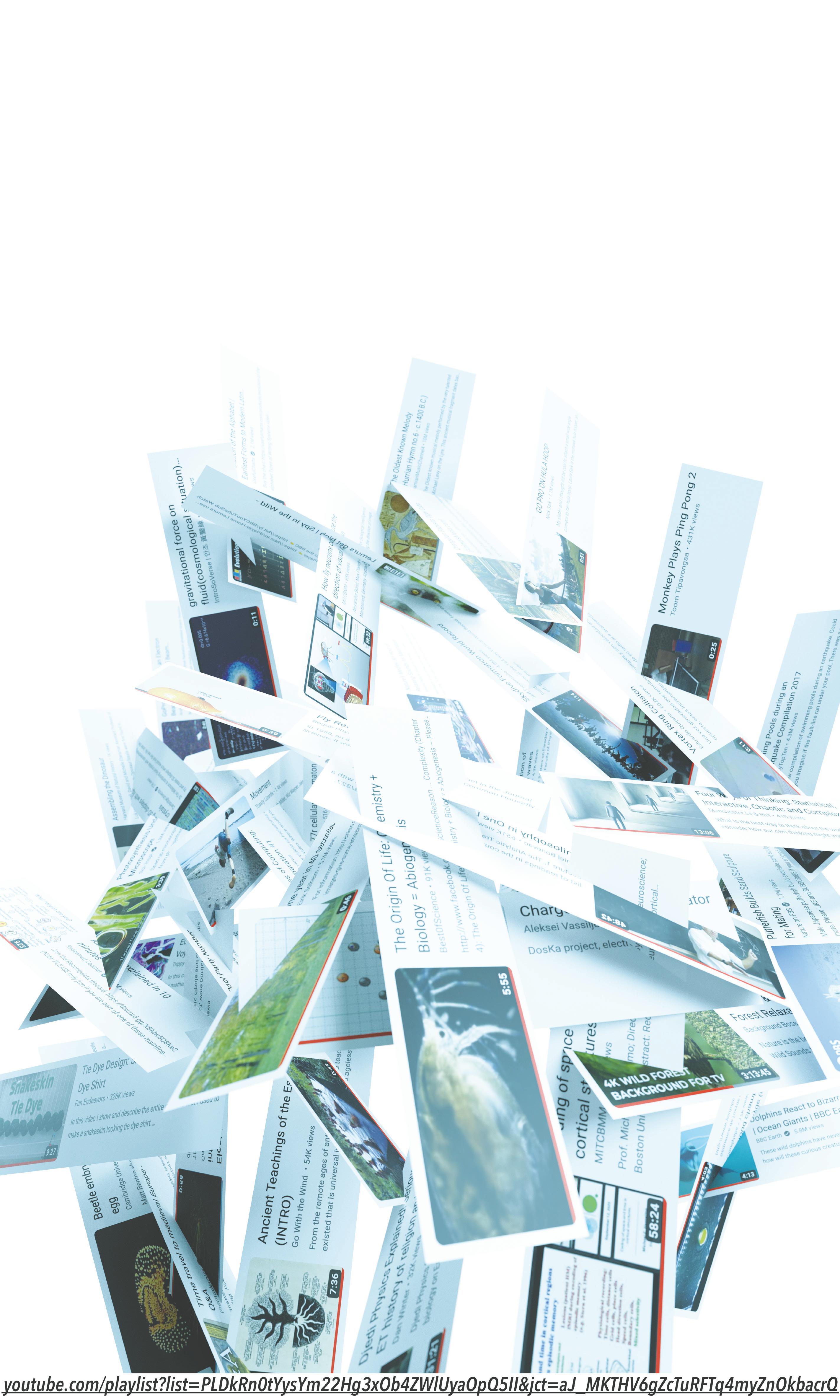
c Savia
Crece en ella una nube de polvo, una urna que por su boca se abre.
Él se acerca y se deleita en la posibilidad infinita de observar.
Ella da vueltas alrededor de una válvula a presión, se arrodilla al sol acercándose a los dioses.
La danza frena. Está allí, de espaldas, con los ojos cerrados.
Teme, espera que la estructura de su pelvis se derrumbe, que los recovecos de sus huesos la traicionen.
Su sangre la recorre. Es un río en el que querría nadar y sumergirse.
Explora la temperatura del aliento en su cartílago, murmura en la intimidad de su boca una respuesta.
Ya conoce lo inútil del intento. Trepa las copas de los árboles, apenas roza lo que se le escapa.
Él habla en gestos, en figuras: busca una expresión indeleble para su reflejo.
Ella reza. Escucha.
Revuelve una corriente en el espacio, siente al universo expandirse dentro de sus costillas mientras cae.
Incorpora el ritmo de su boca en su propia boca, la pronunciación errada de las letras.
Se mira las manos. Traduce la savia de una lengua extranjera.
Implora que el tornado que se avecina la haga añicos para siempre.
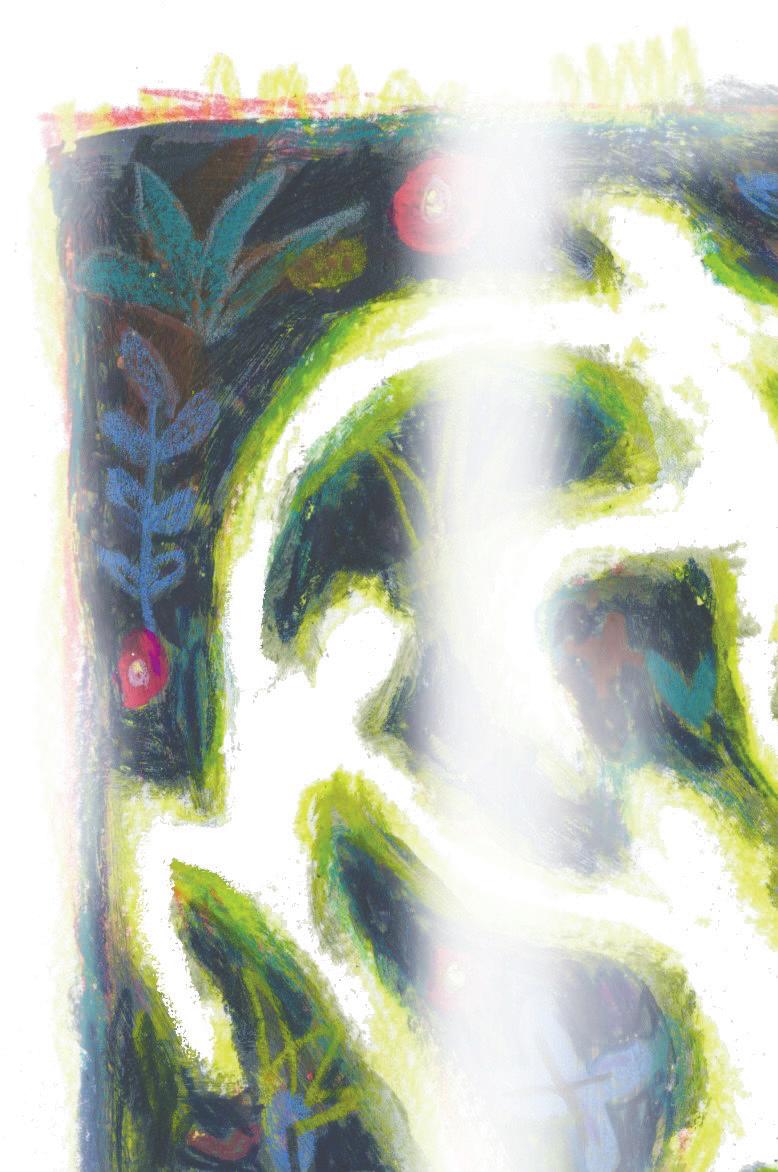
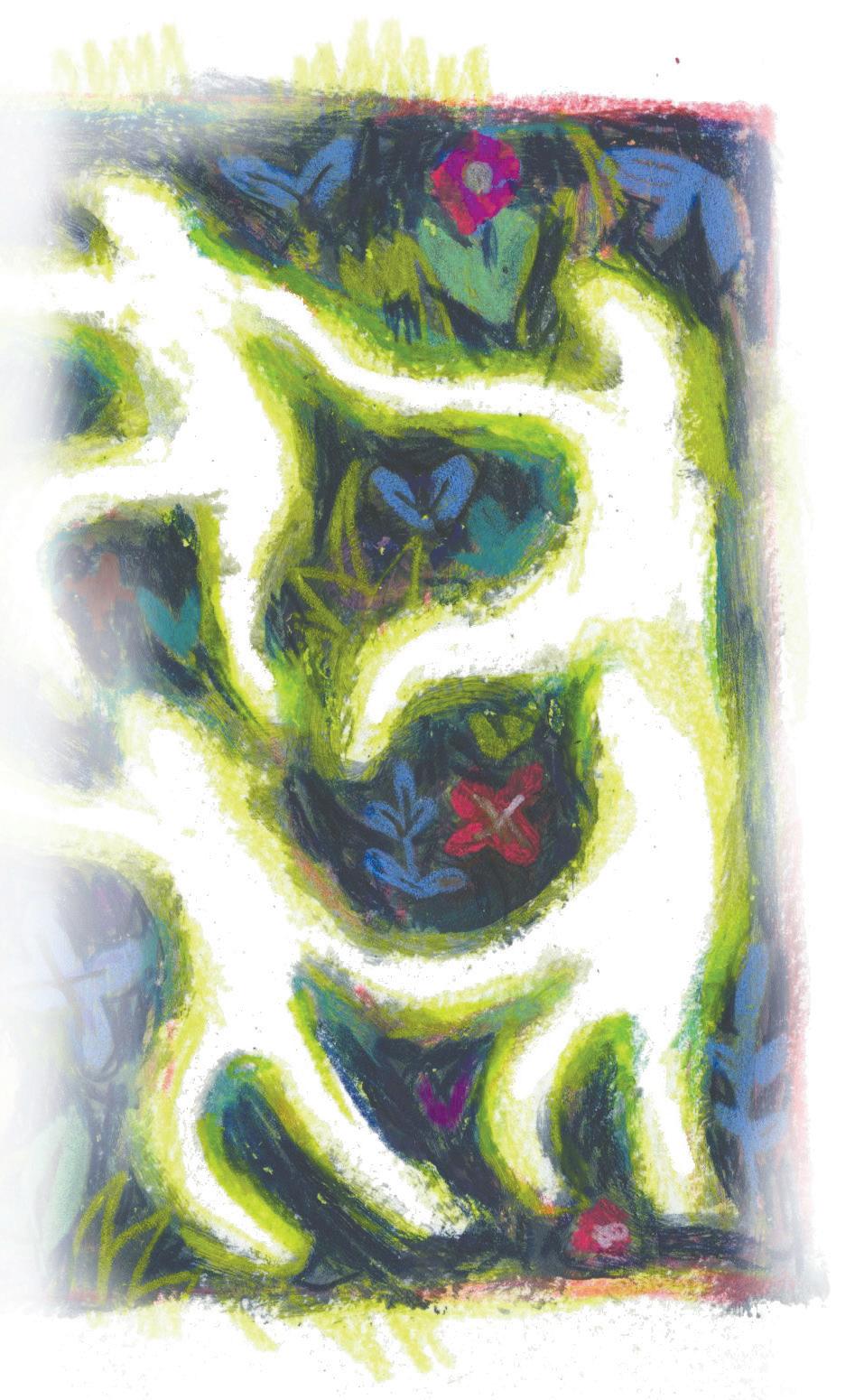
c Vitality
Inside her grows a cloud of dust, an urn that opens through her mouth.
He moves closer and basks in the infinity of observation.
She goes around a pressure valve, kneels to the sun approaching the gods.
The dance stops. She’s there: back turned, eyes closed.
She fears, waits for the structure of her pelvis to shatter, for the nooks of her bones to betray her.
Her blood runs through her, a river she yearns to swim, to immerse herself in.
She explores the temperature of the breath in her cartilage, murmurs in the intimacy of her mouth an answer.
She knows the futility of her attempt, climbs to the top of the trees, just grazing what escapes her.
He speaks in gestures, in figures; he searches for an indelible expression for his reflection.
She prays. Listens.
She stirs a current in the air, feels the universe expand inside her ribs as she falls.
She incorporates the rhythm of his mouth in her mouth, the mistaken pronunciation of letters.
She looks at her hands. Translates the vitality of a foreign tongue.
Implores that the coming tornado tears her apart forever.
c Nombre
No quiero saber tu nombre, susurrame otras cosas al oído. No quiero saber tu genealogía, tus hábitos de hombre de mundo.
Hablame del trajín del cielo, de las implicancias del calor de una rueda, de cuánto pesa la saliva de un pájaro.
Prefiero escucharte callada, con la mirada mentirosa de un gato doméstico. Prefiero el brillo del trofeo en la vitrina.
Yo también conozco el ritmo de la danza, la aerodinámica de la caída.
Hablame como en un monólogo.
No hay punto final que nos libere del megáfono de los susurros:
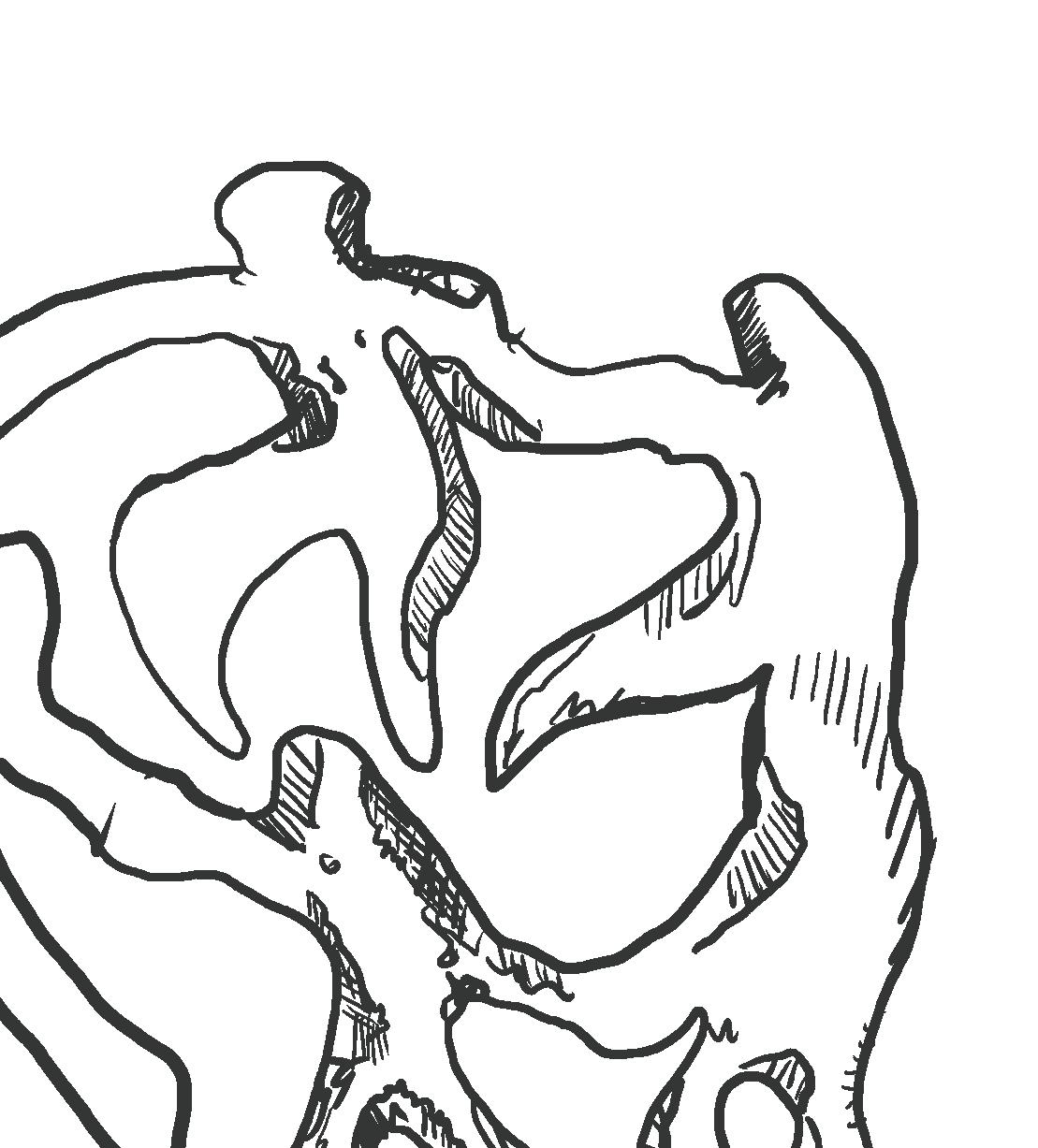
c Dance
I don’t want to know your name, whisper other things in my ear.
I don’t want to know your genealogy, your habits as a man of the world.
Tell me about the hubbub of the skies, the effect of heat on a wheel, the weight of a bird’s saliva.
I prefer to listen to you silently, with the lying look of a domestic cat. I prefer the gleam of the trophy in the display case.
I, too, know the rhythm of dancing, the aerodynamics of the fall.
Speak to me like a monologue.
There is no full stop that frees us from the megaphone of whispers: headwinds and tailwinds, recited with eyes shut.
MARTINA HERMAN B’26 is swimming. (JAMES LANGAN B’24 está nadando.)
( TEXT MARTINA HERMAN & JAMES LANGAN DESIGN TANYA QU ILLUSTRATION JESSICA RUAN )
( TEXT SAM STEWART DESIGN SAM STEWART )





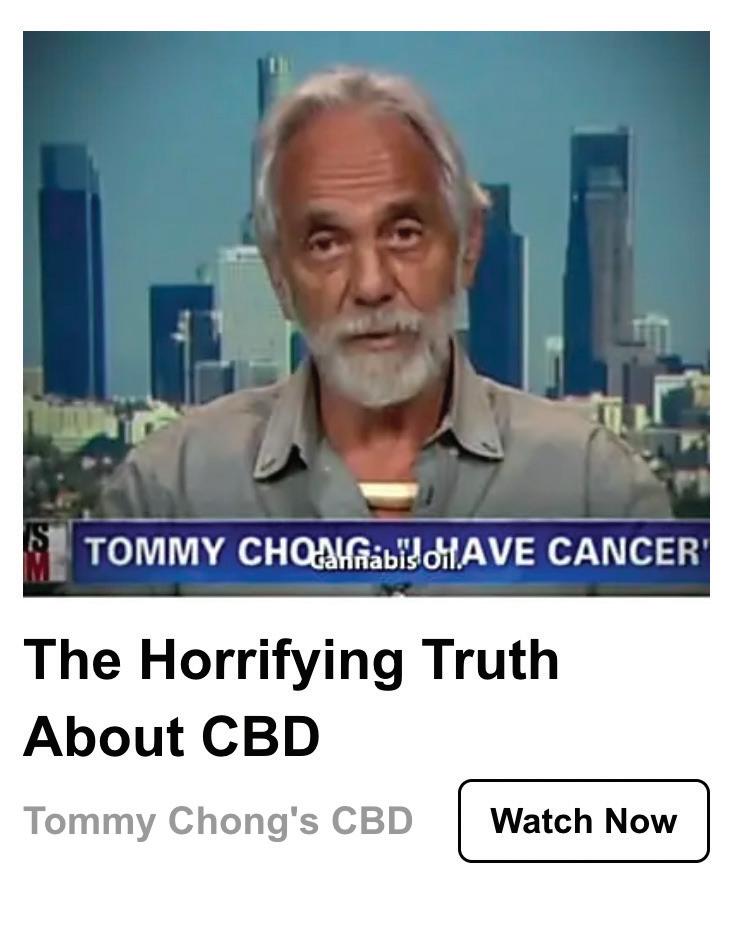
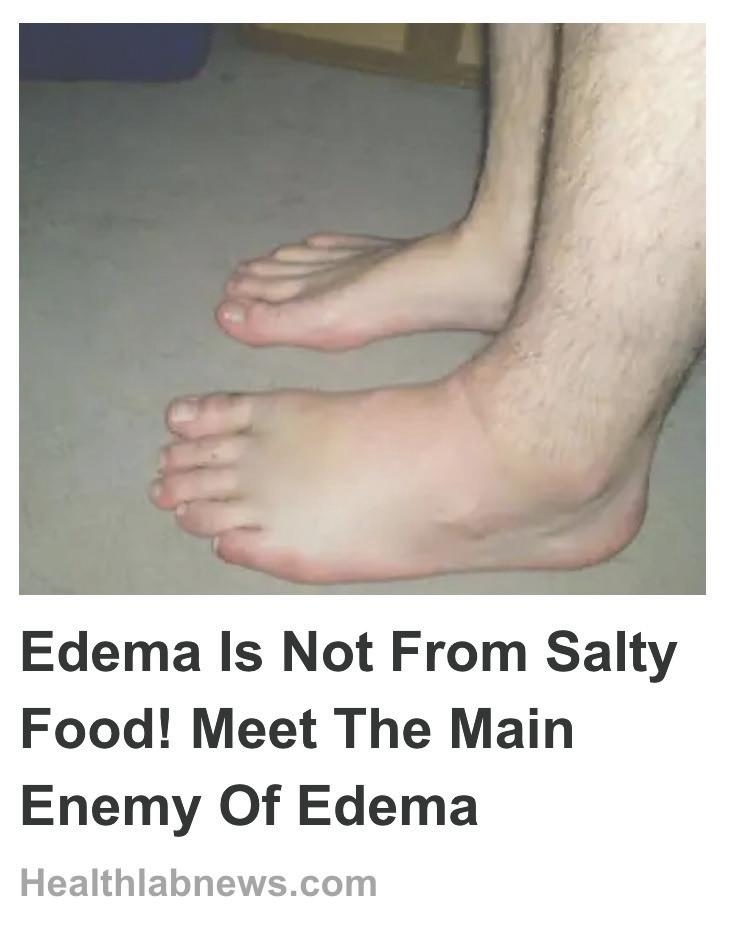








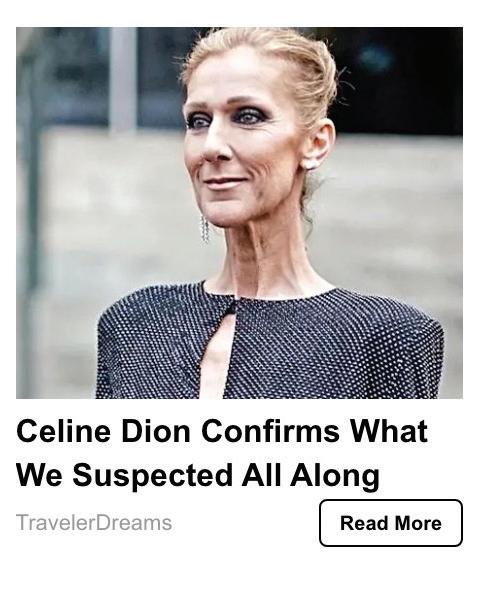





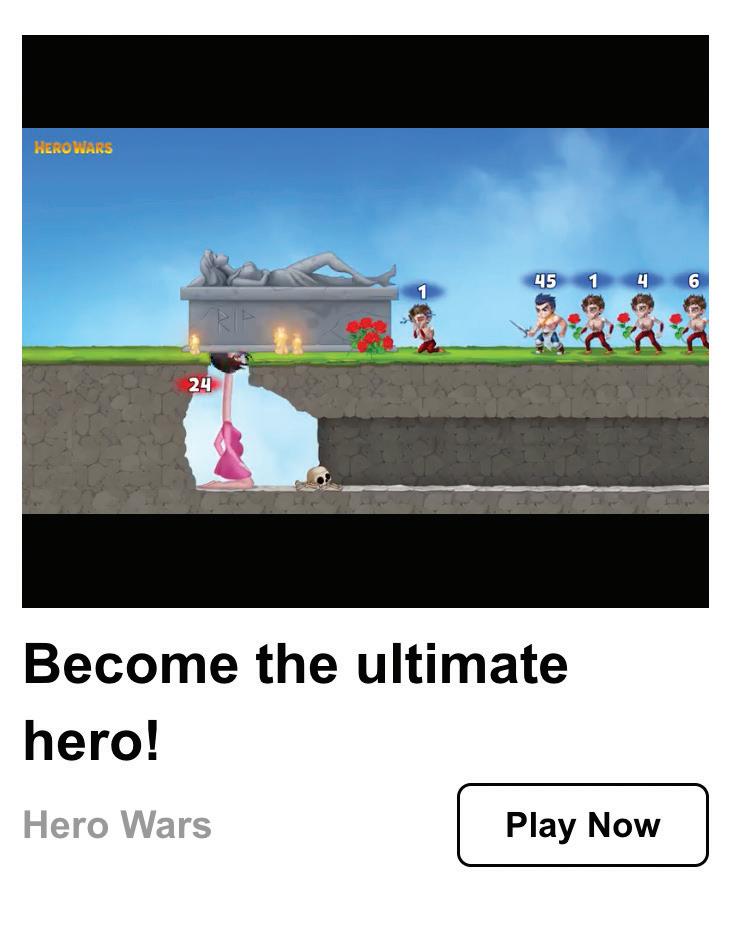

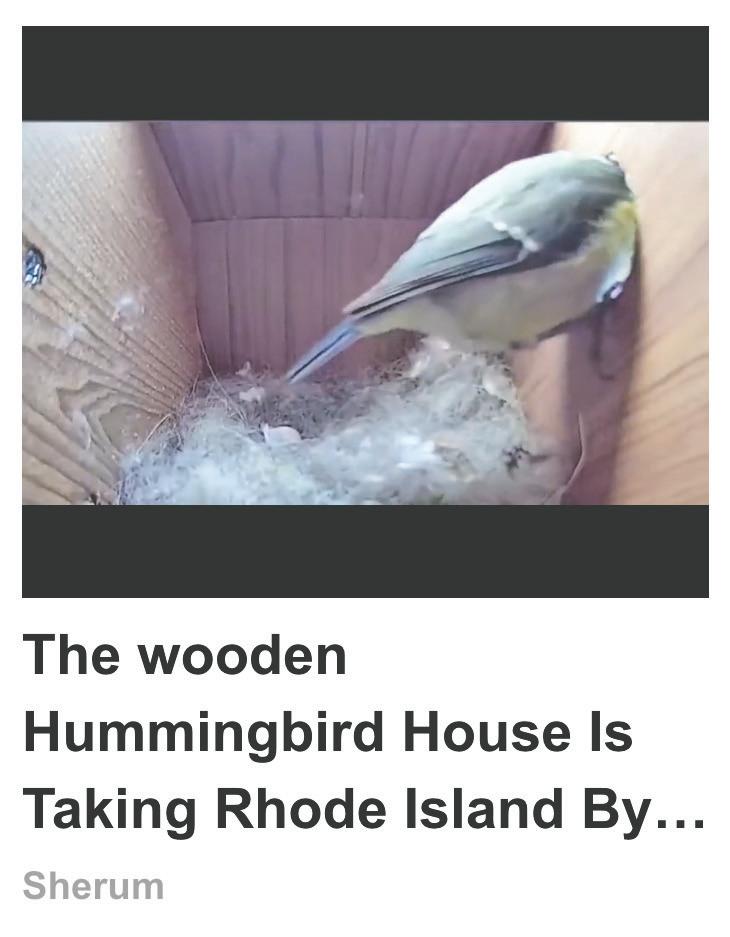
Nobody on the Indy knows how our website works (I just asked, like, four Indy people about it to make sure). theindy.org’s biggest mystery has to be its sponsored content, which an ignorant visitor to the site might label “clickbait.” In an effort to make sense of these cryptic advertisements, I’ve organized them the only way I know how: along the axes of Sexless-Horny and Animals-People.
Think something is labeled too Horny? Not Animals enough? Direct all hate mail to lucas_galarza@brown.edu.
SAM STEWART B’24 Removes Pet Stains Instantly
( TEXT GEORGIA TURMAN
DESIGN KAY KIM
ILLUSTRATION JESSICA RUAN )
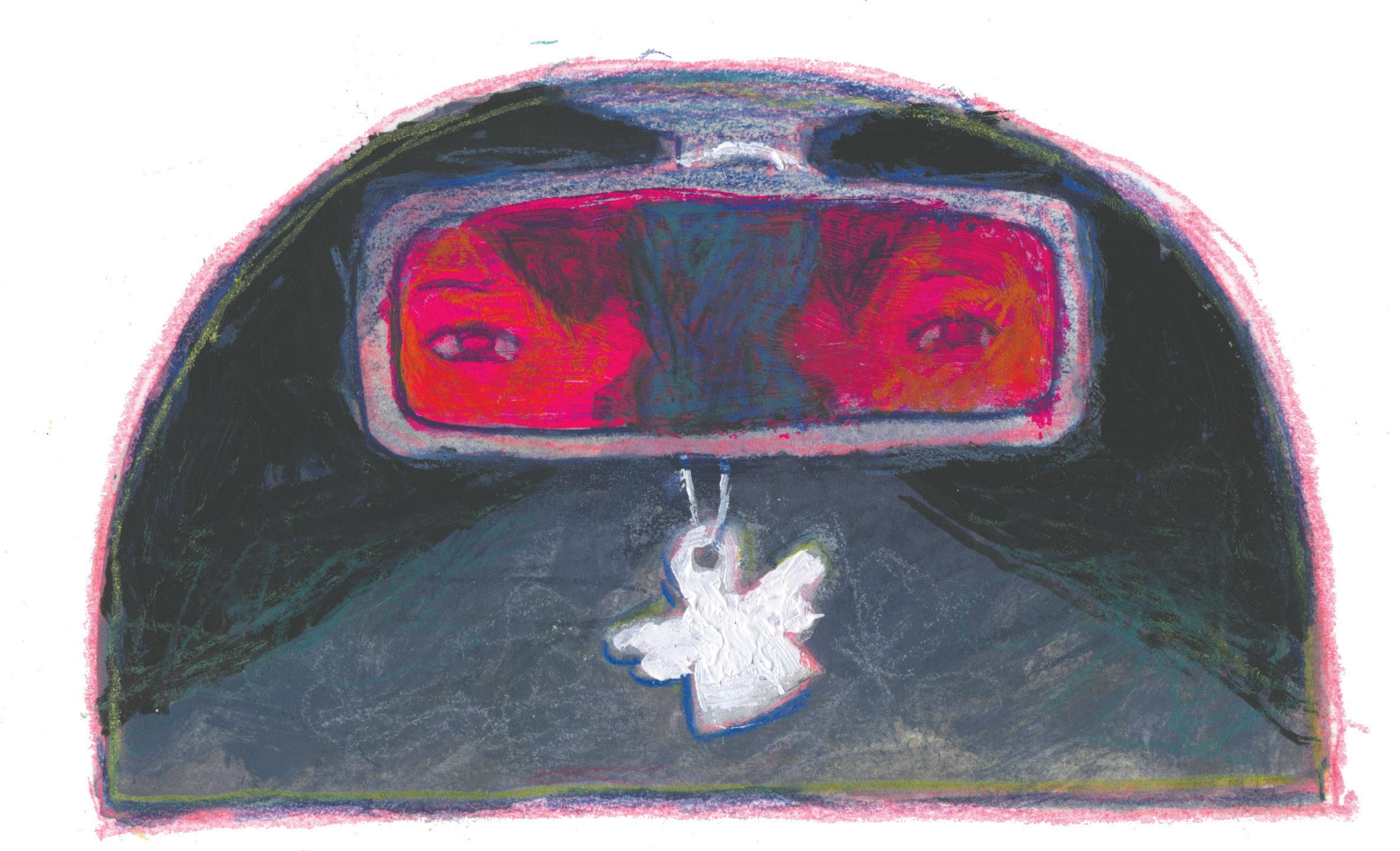
c What we set out to do was see an angel. It seemed like a good night for it—clear, dark. We didn’t have any homework to do and there was gas in the car. I’d been holed up in the house all day stuck in one of those helpless moods, singing at the hands around my heart to sit still, please, sit still. An angel, why not. I guess it was my idea really, to go looking for the angel. You just wanted to go for a drive.
You drove and I sat in the passenger seat. You didn’t bring binoculars? you asked me when I buckled in empty-handed. I shook my head. How do you think we’re going to see the angel, then? you poked. It seemed like you were making fun of me. You pulled out of the driveway and onto the flat, endless street. You put your blinker on.

The whole point is that they reveal themselves to you, I huffed. Then why do we have to go looking for one? you asked. I struggled to explain it exactly, and it made me emotional. I wasn’t sure you were the right person to come on this journey with me. I looked at you, through you, tears in my throat. I’m sorry, you apologized, seeming sincere.
So what do you think it’s going to look like? you continued. You were thinking too much about it. I explained the basics, which I’d learned on Reddit. That they glowed, and their bodies were covered in
eyes, and they were in the shape of rings or covered in uncountable feathers. And that they could take many forms, or that maybe that every description of them was a metaphor. That maybe I was looking for a metaphor.
We argued over the car radio; you wanted to listen to the jazz station and I wanted silence. Silence won out, and you hummed to yourself quietly.
A couple miles down the road you were hungry and I had to pee, so we stopped at a gas station. You bought trail mix and chunk light tuna. In the bathroom, as I hovered over the toilet, I read the notes and names on the walls. The whir of the fan echoed down the room like a chorus of voices. I felt holy. I flushed. I wasn’t hungry, but I bought a plastic-wrapped slice of angel food cake on my way out and put it in the glove compartment, so you wouldn’t see.
Let’s drive to the coast, I said. You got on a different highway and headed toward the water. The whole car smelled like fish by the time we could see the ocean, but I didn’t complain, because I was grateful to you for driving me.
We had been driving for a while when we came across a big ball of rotating light hovering over the water. A beam swept over us, the car, engulfed us, became us, everything was light, and then it disappeared, like an idea. Then it was very dark. The ball of light pulsed us in and out of being.
This has gotta be our angel, you said. No, I said, it’s just a lighthouse. We kept driving.
Are you sure that you’re not an angel? you asked me. Why, I said, because I’m pale and strong? No, you said, because you’re beautiful and I love you.
We kept driving up the coast, past the ball of light and farther and farther away from the wide, empty
streets where we lived. It was so dark, I realized. So very dark, I couldn’t see the lines on the side of the road. I couldn’t even remember your name. Were you my mother or my child? There are no streetlights on the Atlantic, I said, to which you did not respond. The darkness intensified, leaked through the cracks of the car. It went from juice to sauce. It got inside our skin and disappeared us until we were just little fluorescent worms wiggling around in black sauce together. No car, no nothing. This is pretty neat, I said, except I couldn’t say anything because I had no mouth. But I had the feeling that you could hear me, because I heard you. I heard you saying that you felt really good, that you were suddenly hitting life at the perfect angle, that the angle itself was blessed.1
GEORGIA TURMAN B’26 is a serious girl.
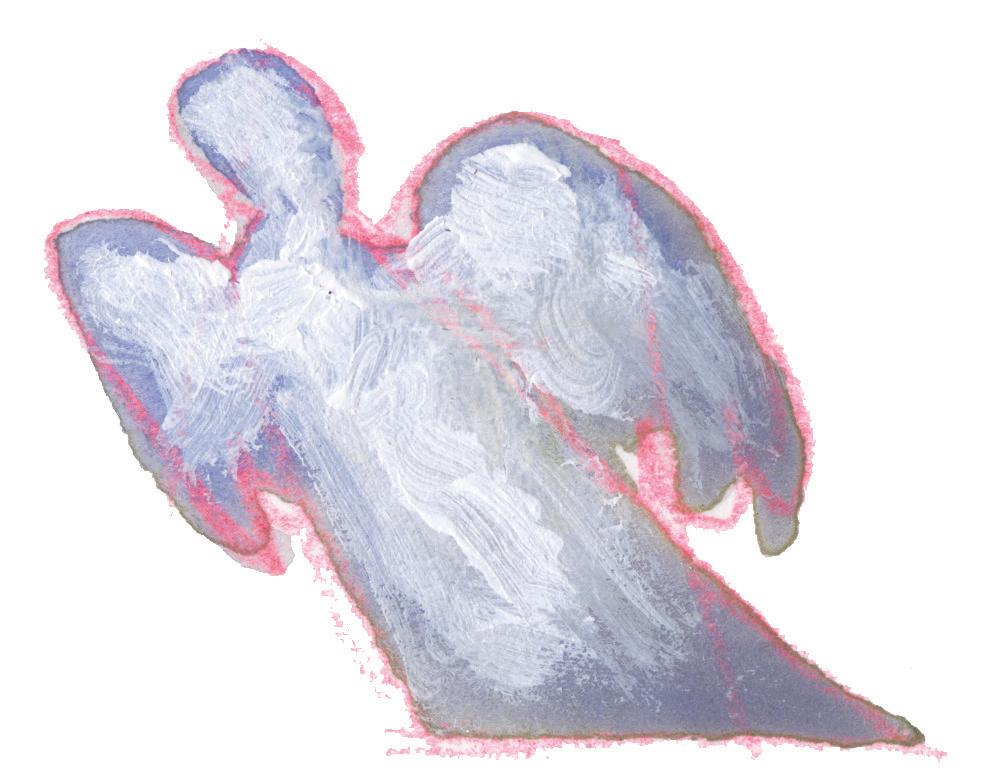
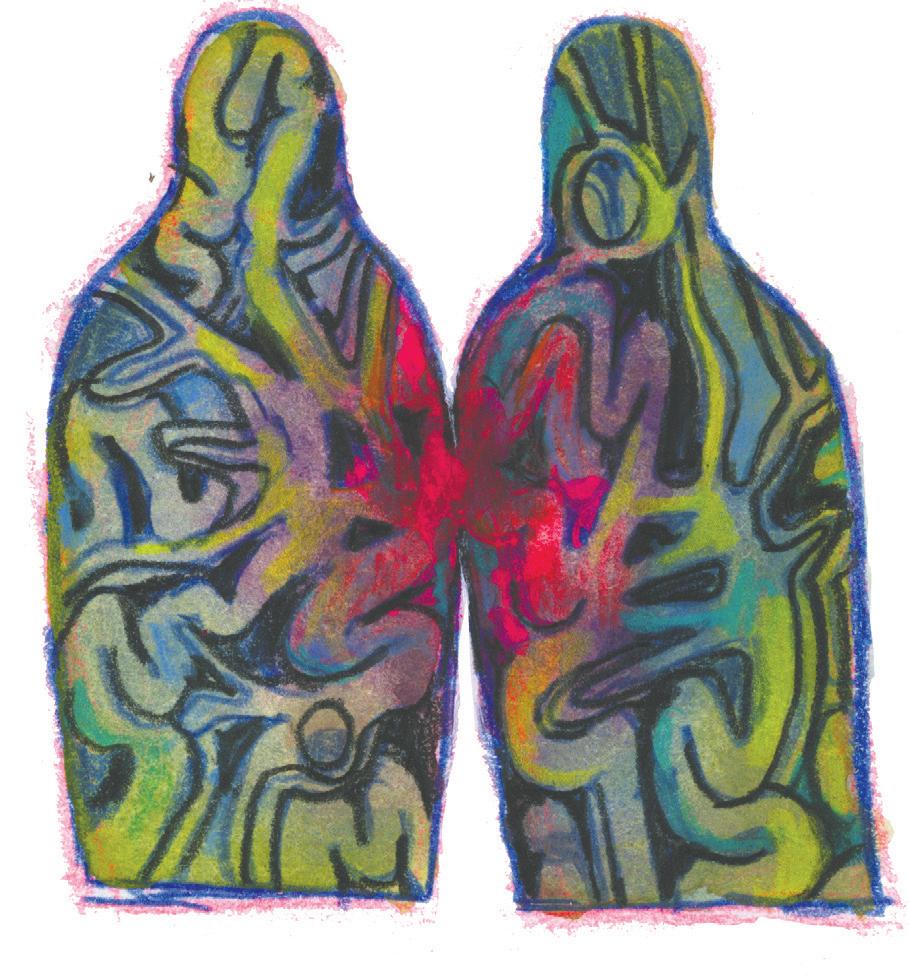
c The small map scrawled on the back of the business card led me down winding back roads in the old part of town. Each alleyway split and branched into three or five more at seemingly random intervals, drawing me further into the evening as I wandered down the hill at the card’s behest. In the distance, the sea shimmered beneath the low-hanging blaze of almost sunset. Periodically, I stopped to remove my glasses and wipe the gathering sweat from my brow as I watched its slow descent. Eventually, the buildings cast in bronze by the deep yellow light gave way to the bar situated at the center of the map’s 2D world.
I’m not proud of the way this impromptu expedition began. L and I didn’t usually fight. Of course, we would have challenging moments, little annoyances that sprouted into heated debates or icy remarks. But as each new one budded, they could be manageably cut down with patience as averted eyes met and softer words filled the space between us. We could both own up to when we had said or done something wrong. I liked that about us. Eventually, the fight would blow over, a gentle smile or some dumb joke, like a wave that washes away a line drawn in the sand. This fight felt different though, even before it happened. Sometimes, I think conflicts between two people are so inevitable that they develop into an entity all their own. This imperceptible yet ever-present mass hangs in the stale air, swelling with each passing hour until it becomes enormous enough that it develops a gravitational field, pulling the two unwitting participants into its orbit, so they spiral too fast, pass through the atmosphere, and crash headfirst into the ensuing dispute.
Some choice words, cheap digs, and a shouting match later, I found myself beyond the apartment door. With a head still hazy from anger that bubbled, and eager to cut some distance between her and me, I fished the business card/map from my pocket. It had come into my possession earlier that day when the seed of our fight was still germinating high in the air above us. I had first spotted the stranger who slipped the card from his hand to mine as he watched us loading groceries into the car. Thick, prismatic lenses adorned an otherwise unnoteworthy face, possibly distorting his view more than correcting it. Once he had crossed from his side of the parking lot to ours, he paused and seemed to consider the space around us. For a moment I thought I saw his chin tilt up, and I wondered if he could perceive the fine hairs developing on the ink-black fruit pit that had grown to the size of a bowling ball and sunk a few inches closer to the ground. L, paying no mind to my discomfort, continued to shuttle consumables from cart to trunk as the stranger finalized his assessment and produced the card, despite my obvious reluctance to receive it. The transfer was accompanied by a brief invitation to ‘take a load off,’ and an alert to the 5% discount on drinks happening this week. As I slid into the passenger seat, I murmured to L that 5% seemed low for a discount and the man somewhat odd, but I think my words couldn’t quite pass through the new tangle of growth sprouting from that core nestling between us. All this is to say, I now get the sense the stranger could, in fact, perceive that obscured root-wrapped thing because when I stepped through the tiny door into the bar, I was greeted by a menagerie of patrons accompanied by their own winding knots of various dimensions and morphologies above their heads.
The dim light, cigarette haze, and opaque masses that filled the air obscured my vision of the bartender,
who stood rigid alongside rows of taps and bottles. I took a seat, spurring him to life, at which point he began, with rehearsed efficiency, to retrieve ingredients and assemble them into the drink I had intended to order. I received the drink and inquired into how he had predicted my order. I could have sworn he was looking past me entirely when he shrugged and returned to his previous post. Although this was odd, I was happy to sip my discounted drink and keep to myself as the bar’s atmosphere washed over me, pushed and pulled by the messy constellation of fruiting bodies overhead.
I stayed this way for a while, sipping and letting my mind wander, unaware and uncaring of the slow comings and goings of my fellow customers. This daze was abruptly interrupted when a woman bumped her shoulder against mine as she took the adjacent stool, something I cannot help but think was intentional, given how she so fluidly turned a normally brief apology into the beginning of a conversation. Aurora, as she would eventually introduce herself, seemed to be the only one in there without a shrouded clump tethered to her, or at least she had one that was imperceptible to me. She immediately began providing details on her life and asking for ones about mine. She hated her job and loved foraging for mushrooms, lamented the fact she had panicked and chosen to major in English when she was much better suited to being an ecologist and did I know that plants and mushrooms can communicate with one another through mycelia? No, not really, I answered, with some enthusiasm to avoid more questions about myself, which successfully prompted a conversation more focused on toadstools and slime mold than our personal lives.
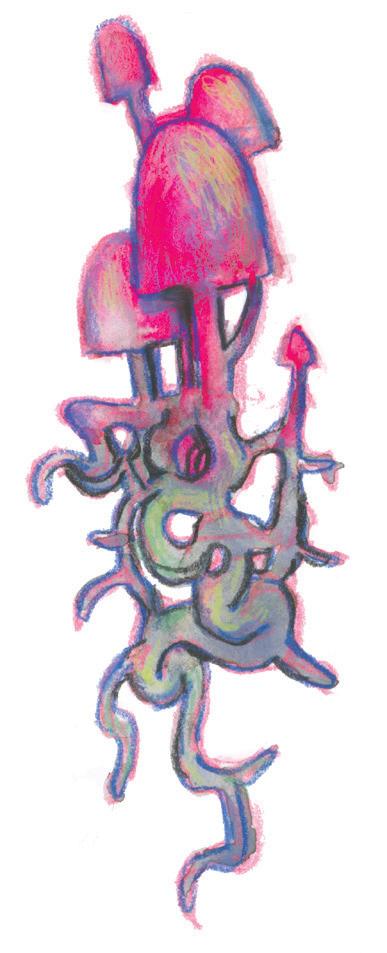
We spent some time like this, Aurora expounding on ecological wonders, primarily fungi, and I giving enough of a response to encourage her to produce the next factoid. It was easy to move through the night this way, and I didn’t have to think about coming home to L or about the persistent mass behind my right shoulder, swathing itself in greedy capillaries, around and around, carving the surface of a planet. However, we eventually arrived at a lull in the conversation, and after it stretched to the point where we were forced to make a sort of questioning eye contact, she asked if I wanted to go somewhere else. I thought about mentioning L, or at least indicating my relationship status with some nonspecific remark, but something about the now sleepy churn of guests at the bar made the impatient expectation
in her eyes feel like an invitation I wouldn’t have the willpower to refuse.
After closing out with the bartender, who had only become slightly more distinct from the bar itself, we took our coats from the rack by the door and emerged into the cool alley, loyal thing at my back. As we made our way further down the hill toward the night sky and purple sea, Aurora decided it was time to fill me in on the big picture. I’ve been telling you all these things about fungi and root networks because we are just like them, or more precisely, they’re just like God, and the divine power we’re all looking for isn’t some humanoid deity up in the sky, but the imperceptible stuff in between us all, what connects us. I told her I didn’t really believe in God, and that the network she described was hard for me to picture anyway, but she was convinced I would come to understand her great theory. It’s not about believing, she fired back, it’s about how we as humans are inextricably bound, that there’s something that weaves us into everyone else whether you choose to believe in it or not. Hmm, I’m sure if I locked myself in a box six feet underground I would feel pretty disconnected, I let slip with a chuckle. L always says this is a bad habit of mine, this reflexive need to interject a dumb joke when I should be listening, when I have nothing else to say. Half the time I feel like she says it out of spite. Regardless, my outburst didn’t derail Aurora, either because it was inaudible or because she chose to ignore it, continuing to outline her grand vision of divinity. Think about it, she mused, it’s like if a bird dropped dead onto the forest floor, only the local fungi would be aware, and yet their expansive mycorrhizal network built through millions of mycelia carries the reverberations of that impact through the entire community. Like some sort of collective trauma? I asked, still thinking about how I could repackage my earlier comedic remark for broader appeal. Good, bad, anything, it’s carried between everyone like power lines, the whole of humanity one living, breathing power grid, and the electricity that slides between is the holy spirit. She smiled at the neat bow she’d placed on her rather eccentric understanding of God and humanity. I, for one, wasn’t convinced, and my small moon, following the two of us, felt less like a vein and more like a blood clot, thick and impenetrable to oxygen or whatever other nutrient was supposedly transmitted across root-mycelia networks. I supposed I had learned something during this exchange. However, I kept my rebuttal to myself as we arrived at the bottom of the hill with the sea stretched wide before us. Its appearance spurred Aurora to run to the end of the esplanade and step up onto the low cobblestone wall dividing the domain of man from oceanic expanse which birthed a new sun at its horizon. There, elevated above the known and the unknown with arms outstretched, the first rays of sunlight cast across the water reached my eyes, and as they passed through the scratched prisms of my glasses, it looked as if she too was housed in a vast network of fungal hyphae that stretched between moss-eaten stones, over rising waves, out into the cosmos and all the way back, manifold and shifting, then slipped past me, in search of something else.
ABANI NEFERKARA B’24 is plucking at the mycorrhizal network.
( TEXT RILEY GRAMLEY
DESIGN ASH MA
ILLUSTRATION ELLIE LIN )
c My first time on the East Coast, for college, I penned, with a reverence, how green the vegetation looked. In southern Oregon I had been used to Augusts that were arid and blonde. It was a striking difference, and a difference, I imagined, determined by the presence and absence of water. And, now, it is a difference I consider every time I draw tap water from the sinks in Grad Center, or brush the tufts of emerald grasses on the quadrangles. It is a difference I consider as I walk beside the Providence River, or fill my Nalgene. It is a difference I have begun taking note of, even if unconsciously, and a difference in scene and specter I am trying to note here.
From the passenger seat, I’m looking out onto the highway’s flanks of bald, dry sod—evidence of controlled burns. The burns run parallel alongside I-5 as its roadway drops into Northern California. My brother and I had just driven down from the Siskiyou Pass, an elevated piece of the Cascade mountain range in southern Oregon that stretches downward before bending east at the top of California. It was a remarkable scene, and a scene I had driven through often: Mt. Shasta, volcanic and inky against the horizon, sits tall on a wide and amber countryside, like a gray fist. Down the rocky faces of the highway is a riverbed, which is small and almost impossible to make out. There is no water, nor current, there. Small trees on the riverbank bend to touch only pebbles and dried mosses. It is clear you’ve entered California. It is clear it is the summer, and that water is a precious resource here.
My brother and I have set out on I-5 to visit a friend in the Bay Area. A pavilion, close to one of the first towns in Northern California, Yreka, stands in a field the color of mustard. “State of Jefferson” reads in large block letters on a white tarp, which is fastened to the roof of the pavilion. Maybe hay was once stacked under the pavilion, but not as we pass it now. The “State of Jefferson” is a secession movement born of settler-colonial populations in the middle 19th century who got wealthy from the gold they found in the Klamath River basin. The settlers then attempted to claim land that was governed over by distant and more populous capital cities in both Oregon and California. Their sentiments remain on land that wasn’t theirs in the first place, land on which the Kahosadi peoples lived. The pavilion’s white tarp still advertises their radical political message. Yet, the Klamath River, which I craned to see, then, down the highway’s rocky walls, had dried. And the fields which were themselves dry, below the pass, looked gold in the hot winds.
Eventually, my brother and I make it to the Bay Area, through the large depressions of land that make up California’s long central valleys. We pass grain factories, cattle, and rice fields. The tin skeletons of industrial farming machinery are a kind of grandeur to rush by. It is often hard to figure out if this place is new or old, if its economy and its agricultural makeup are thriving or depleted. At some point during our visit to the Bay Area, we drove through Sacramento Valley into Stockton. Like Modesto or Sacramento, Stockton is stamped along Highway 99. And accessing Stockton required driving our car from the Bay Area, which descends down, like a concrete arm, through the crescent Central Valley. Heat wicking off the roadway obscures the distance and gives the illusion of spilled water. Highway 99 is lined with innumerable car dealerships and seemingly vacated corporate office buildings. The highway cuts into the landscape before eventually dilating into thin pale glens. Beyond the road, new housing developments are spread out on the flat parts of the landscape. The plots of houses look, at a distance, as if someone had thrown a deck of

cards across Sacramento Valley. The houses look something like those on Madeleine L’Engle’s planet “Camazotz” in A Wrinkle in Time—identical structures lined up in uncannily, inorganic, grids. They are these suburban, rectangular impositions, set against California’s hazy, yellow-saturated horizons. Heading back from Stockton, my brother and I were caught in car-to-car traffic, and a plume of smoke became visible just ahead. It turned out that a car had ignited on fire, and, too, ignited the grasses on the hills just beside it. The fire was extinguished quickly, but the hills still bore the fire’s scars, long brushes of sepia and overturned sod. As we rolled slowly past, firefighters were standing silently on the hills, like little red statues. Aridity here, I was learning, keeps the score.
Warren, Rhode Island is almost entirely surrounded by water—to its south and east are Mt. Hope Bay and Narragansett Bay, which marble into one another as they meet. To Warren’s north is a wide marshy area called Belcher’s Cove, and to its west is the Providence River, which opens into the bay like a cone. The Providence River moves downward to meet Warren, as if unclasping its hands, signing off its prayer. Just beyond Warren and the rest of Rhode Island is the Atlantic Ocean, which, no
doubt, is a kind of specter: it is projected that by the year 2100, much of Warren’s shoreline infrastructure will be permanently enveloped by seawater.
The first thing I smelled when I got to Warren was the sea. It was my job that day to do what I am trying to do now—pay attention to water. I was part of a small team of two professors and one other student researching climate-induced sea level rise and its effects on the Warren community. On my first visit, I walked along Belcher’s Cove and studied each puddle, many blooming with algae that fall. It was hard to tell where the marshland and its pockets of water ended and where they began. I remember the sky that day held several gray clouds that looked like fingers brushing a silver curtain to a rhythm. I think they were threatening rain.
On my first visit to Warren, I walked down Market Street, an area of particular importance to our work because it often experiences severe effects of flooding. Parts of the street that day were stained, as if marsh water had at some earlier point laid stagnant there. Multi-family units were stacked along the street. Many had gravel driveways and yards, which I later learned were built to better absorb flood water and runoff. Market Street acts as a kind of shoreline; the lip of each yard descends into the cove. On stormy or high-tide events the whole street is filled, the cove consuming, insatiably, basements, sidewalks, and yards.

On the occasions that I return to southern Oregon, the first thing I notice are the colors on the hills. Along the bases of the Cascades are several blemished landscapes—rows of moors settle below these mountains. In the spring, when the rains are plenty, the moors are green and dark, and look from a distance as though someone had smashed a thousand green olives on their surfaces. But as the season turns to summer, and the rains leave, and leave for long intervals, as is typical in the southern sprawls of the Cascades, the moors turn flaxen. I have learned that when I see pieces of the moors brighten—patches of green fading to yellow—the rains will not come again for a long while. The moors loom above my backyard and I’ve developed a habit of studying them. I study them more often these days because I impose on them, maybe unfairly and illogically, a presence as if they offer me clues—information that might reveal how devastating the fire and smoke season will be to come. The dryer, the more yellow, I think, the hazier our August should be, the greater chance I’ll sit from my backyard and watch the moors go up in flames, see fires over the hillsides, like rashes fanned across the landscape.
Each summer rain in southern Oregon feels impossible. But, on the rare occasion that it does rain, I’m delighted by each drop—delighted as
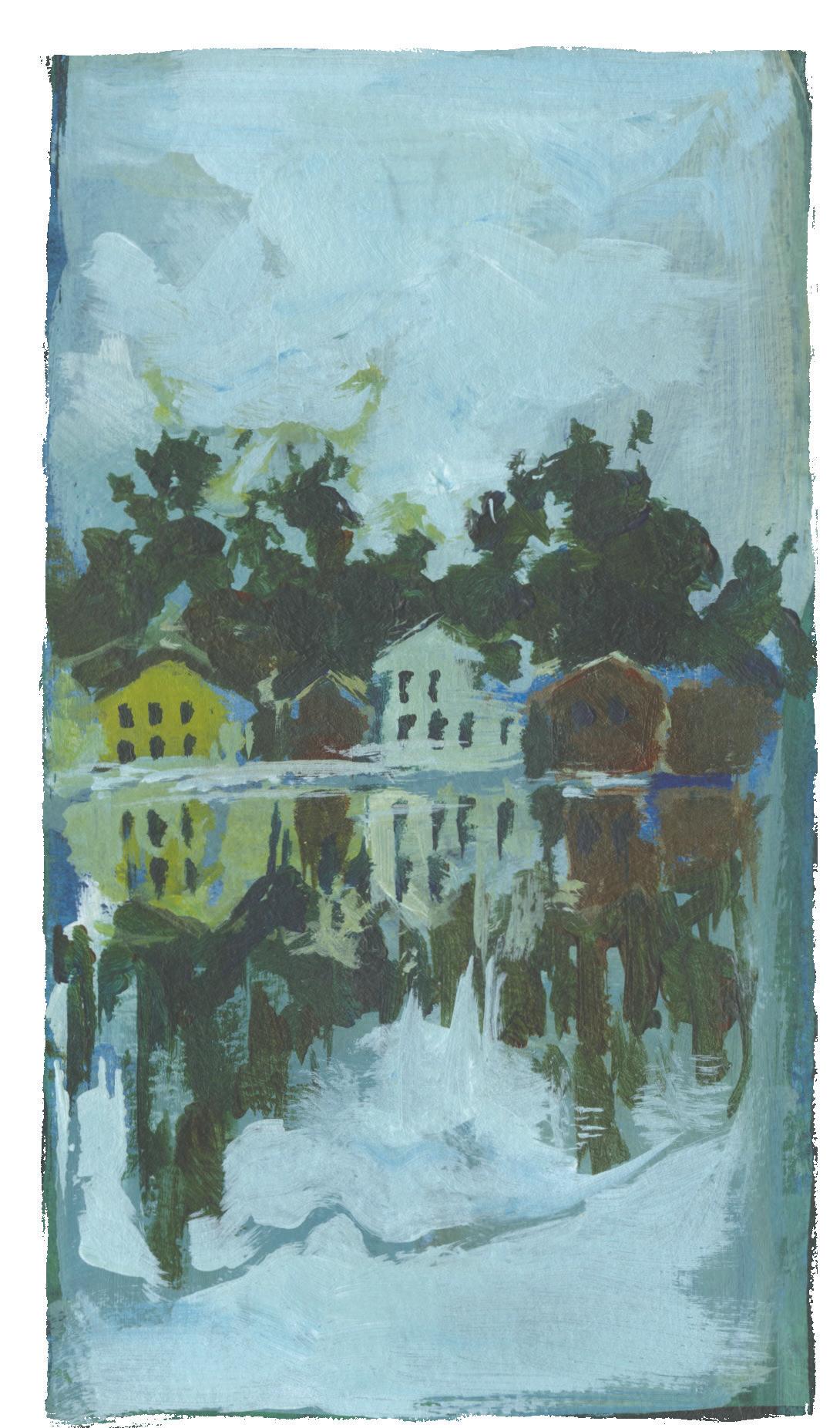
it grays the pavement, slightly darkens a collection of orange pine needles, hits the stems of wild starflowers, angling their stocks downward. Last summer, when rain came, astoundingly sometime at the beginning of August, I thought of my favorite poem by Carl Phillips, in which he writes: “...a vast / meadow of silverrod, each stem briefly an / angled argument against despair.”
In Warren, however, petrichor marks a warning.
In her essay “Holy Water,” Joan Didion writes, “Some of us who live in arid parts of the world think about water with a reverence others might find excessive.” Although it might be excessive, I find it a privilege to consider water and its absence, to study the landscape without searching for calculable answers. I don’t aim to compose a climate model, to come up with an actual figure that estimates rainfall accumulation, or snowpack, that tells me how clean my tap water is. I don’t think about water to assign a numerical value to how arid or fertile a landscape really might be. I’m not as interested in these things, although they are often vital measures. I’m more interested in looking, imagining how water colors the landscapes of my own life and others, how water feels when it’s there and when it’s not. I do, however, know that for many people, like those on the shorelines in Warren, it may not feel like a privilege or a luxury to think about water, but rather a mortgage-saving, or perhaps life-saving, necessity.
On a recent visit to Warren, I picked up the Warren Times-Gazette, in a coffee shop. Almost every article was about water—a demolition to begin soon at the Kickemuit Reservoir dams, a 400,000 dollar grant that will restore the coastline at Jamiel’s Park, the same coastline I walked my first time in Warren. I exited the Coffee Depot, the small coffee shop at which I sourced the Gazette, and walked through a neighborhood, a few blocks removed from Jamiel’s Park and Belcher’s Cove. Puddles spotted the street, their edges thawing from thin coverings of ice. The puddles looked like fraying paper. The day was flat and gray-soaked. A rain to come. I noted this on a napkin, my pen ink blurring a little as it ran through a coffee stain.
In her 1967 Saturday Evening Post column, “Points West,” Didion wrote to her readers that “Newport is curiously western.” I’ve yet to visit Newport, but I wonder if I’d find the aridity with which I associate my growing up in Oregon and the West. I wonder if I’d find the yellow moors and the golden grasses. I sort of doubt it—Didion’s holy waters have changed. They ride higher, are absent more often.
RILEY GRAMLEY B’25.5 is delighted by each drop.
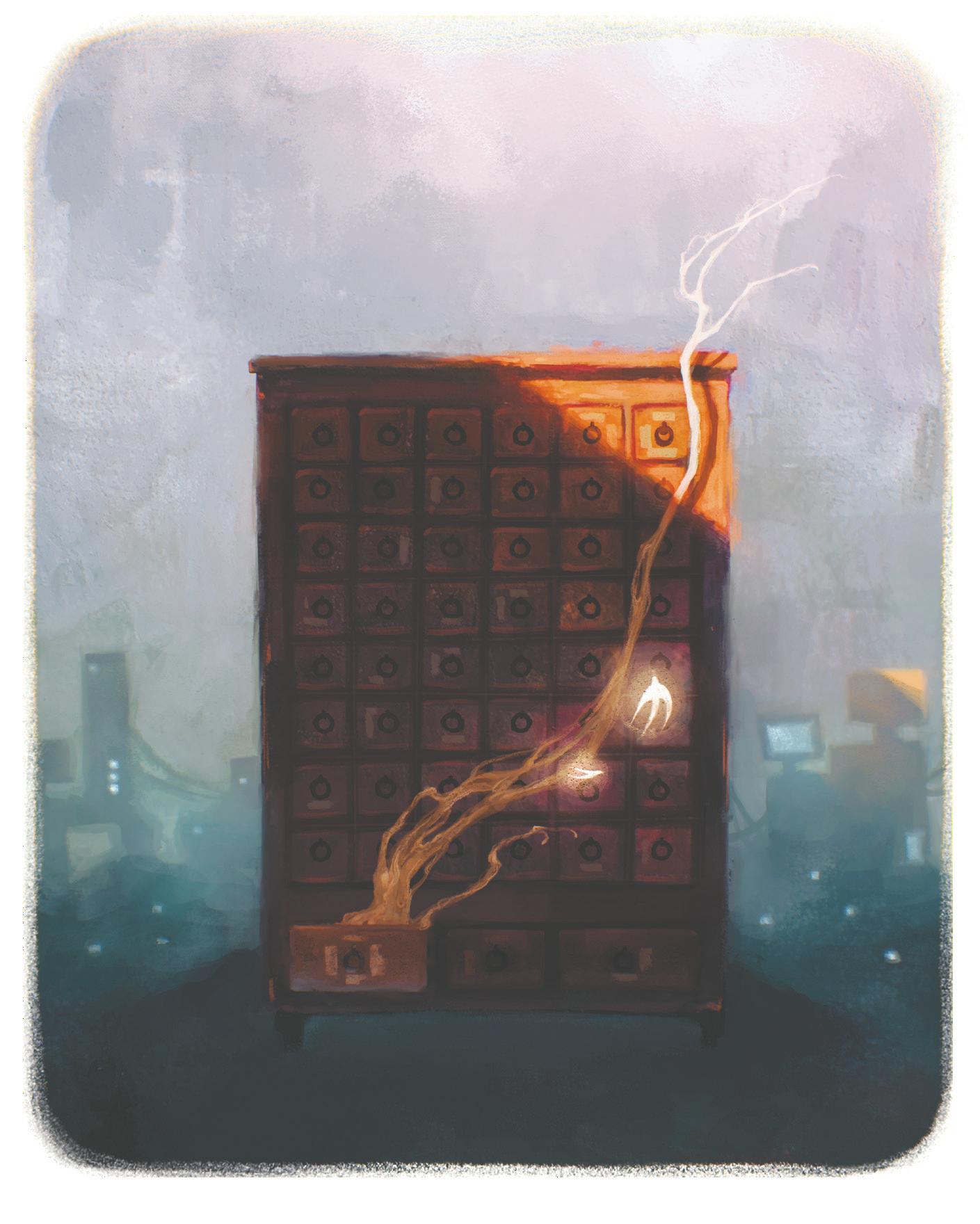
cFour years ago, I fell mysteriously ill. I stopped eating. I lost my period. I had bouts of crying, nausea, dizziness. It terrified me, and it worried my mother to the point of panic.
In the months that followed we rushed from appointment to appointment, hospital to hospital. My mother sat on the side of the examination rooms, her brows knit together in worry, watching the doctors examine me, trying to understand what they were saying. I was ordered a variety of diagnostic tests, but nothing came back with conclusive results, and as the months went on, we fell into a cycle that seemed futile and endless. I saw first the general physician who would refer us to a specialist, then the specialist who, after briefly interrogating me, would order a test or medication, then the technicians at the hospital or imaging center who would carry out the tests. At follow-up appointments, we were usually recommended more, different tests or referred to more, different doctors.
I wasn’t getting any better. The multitude of appointments, most lasting shorter than the amount of time it took us to drive there, was draining me. Parts of my body that I had never given much thought to before were isolated, probed, and imaged, and I felt an increasing disconnect, my body belonging less and less to myself, transmuting into a thing the doctors seemed to have a better understanding of, and more control over, than I did. My mother suffered through me. She stopped eating at dinnertime; she said she was too stressed. She began keeping a diary, which turned into a medical log of my appointments, test results, and symptoms: my illness was consuming her life, too.
So when she suggested I try traditional Chinese medicine—like acupuncture and herbal remedies—I agreed.
I wasn’t expecting anything. I thought it was all pseudoscience, but if trying it would ease my mother’s pain, that was enough. Yet the appointments surprised me. The herbal doctor we found was a soft-spoken, middle-aged Chinese woman. She held my hand to lead me to my room, a small and warmly lit space. She asked about my symptoms, but also about school, my friends and family, my day. Though I was terrified of needles, she was so gentle, and during the acupuncture sessions I would always fall asleep. For the first time since falling ill, I felt I was being treated by someone who truly cared about me. Before I left she always told me how brave I was.
I couldn’t reconcile my skepticism about traditional medicine with the emotional results it produced. Surely I couldn’t be cured by some needles placed in my body—but then why did every session make me feel better? Why didn’t my encounters with the Western doctors, whose expertise I actually trusted, do the same? +++
Traditional Chinese medicine, or zhongyi 中医, is a holistic approach to healing, based on the belief that the body is a network of energies through which the forces of qi 气 (breath, or vital life force) and xue 血 (blood) circulate. In the West, it is often called “alternative medicine” or even “pseudoscience,” because there seems to be no scientific basis for its theory and practices. Yet it is a system that has existed for at least 2,200 years. Huangdi neijing 黄帝内经, a foundational text of Chinese medicine, dates to 206 BCE, though acupuncture and herbal remedies were likely already being practiced centuries earlier. Sickness is understood as a blockage of the movement of qi 气 or xue 血, resulting in imbalances of yin 阴 and yang 阳. Acupuncture works to restore harmony through the placement of needles at specific points along the body’s 12 major channels, or meridians, through which qi flows. Each meridian is either yin or yang and corresponds to one of 12 internal organs. In some schools of acupuncture, there are two additional meridians along the centerline of the body: the conception vessel, which controls yin meridians, and the governor vessel, which controls yang meridians.
( TEXT AUDREY HE DESIGN OLLANTAY AVILA ILLUSTRATION MUZI XU )
Though I complained of pain in my head and my stomach, the herbal doctor looked at my eyes and my tongue and felt my pulse on my inner wrist, assessing the strength of my qi, the balance of my energies. The points of my body at which she inserted the needles, as well as the kinds of herbs she prescribed, depended both on what I told her in our conversations and what she learned from her assessments. Needles in my shin targeted the stomach meridian to treat digestive disorders. Needles in the center of my lower abdomen targeted the conception vessel to treat irregular menstruation and exhaustion. Sometimes she put needles along my hairline, on the governor vessel: this targeted mental distress. At the end of the hour, she would come back to remove the needles and massage my body with a fragrant oil.
Modern Western medicine views the body as a mechanized system of parts, and disease as a particular, somatic malfunction of that system. Historically, this is a recent development—the foundations of Western medicine were holistic. The humoral theory Hippocrates formulated associated four bodily fluids with four major temperaments and viewed disease as a state of imbalance of those fluids. Humoral physicians relied both on medical texts and on a personal understanding of the patient to treat this imbalance, for the dissection of human bodies was forbidden by religious taboo. It was only during the 16th and 17th centuries that developments in anatomical dissection, surgery, and microscopy set the stage for the research methods and medical specialization that characterize Western medicine today. The 19th century truly catalyzed this transformation through the emerging forces of modern capitalism, industrialization, and nationstates. Michel Foucault argued for what he called “the medical gaze,” a clinical objectification of the patient by medical practitioners and medical knowledge. In The Birth of the Clinic, he writes that “medical certainty is based not on the completely observed individuality but on the completely scanned multiplicity of individual facts.” The patient on the examination bed is reduced to a body, a landscape to be divided and surveyed for evidence, a problem to be solved.
The doctors I saw ordered CT scans, ultrasounds, MRIs. I got bloodwork done, an endoscopy, even something called a “gastric emptying test,” where at the hospital I ate a cup of radioactive oatmeal and every hour laid down so that an X-ray image could be taken of my stomach, to trace the progression of the food. These were needed in order to rule out possible diagnoses, I knew that. But they necessitated an understanding of my body as simply an amalgamation of parts, a machine which was now malfunctioning, and in their mechanical probing and scanning they contributed to my alienation and distress. My sickness blended both mental and physical pain, and there seemed to be no doctor who could understand it entirely. I was told it could just be “psychosomatic,” a term that refers to symptoms that have no clear physical causes and therefore are thought to be psychological in origin, but which most people, myself included, interpret as a dismissal. Maybe, they seemed to suggest, it was all in my head. I was recommended a psychiatrist.
The specialization of Western medicine also transfers the care of the patient into the exclusive hands of medical professionals. Informal networks of care—one’s family, relatives, friends—find themselves displaced. When I went to get my tests done at the imaging centers, my mother was rarely allowed to come in with me. Usually, she would be confined to the waiting room while I was led down the hallway into the dark room, outfitted with screens and sleek machines. Even when she was in the room with me, there was little she could contribute aside from asking nervous questions and providing the insurance information. I disliked her coming with me to my appointments because I felt embarrassed by her questions, the childishness of her ignorance. But why? She would ask. The doctor’s answer was never satisfactory, and she would follow-up with the same question: but why? I could tell when the doctor was getting annoyed; their answers would get more curt, more simplified, sometimes they would end it themselves. Sorry, I have a lot of patients today, I really don’t have the time. And I could see, still, my mother frustrated with the gaps in her knowledge, the obstacles to her understanding. There were nights she did not sleep because she was ‘
做研究,’ as she told me. Doing research. How could I tell her that she didn’t have to understand anything; that’s what all these doctors were for? That there was nothing she could do for me? That she couldn’t take care of me anymore?
Yet when I started seeing the Chinese doctor, things changed. My mother had to pick up packets of herbal medicine weekly. Every morning she opened a new packet, poured its contents into a pot, and slowly heated it to a simmer. She would bring the drink to me midday as I sat at the kitchen table, as if it were coffee, and watch as I drank it with my nose pinched. Traditional Chinese medicine considers a patient’s social environment as a key part of treatment, acknowledging the interconnectedness of the well-being of both patient and caregiver. My mother’s role as caregiver, as mother, was restored, and she got better.
Even now I can’t say whether all those hours spent lying in that room with needles in my body, all those cups of hot bitter brew I gulped down, truly
helped me recover. But I do believe that the care and connection afforded to me through those appointments came at a time when I really, really needed it. I left every session feeling permeated with a sense of calm, relaxation, and hope. The herbal doctor never told me she didn’t know the answer. 放心,可以治疗, she repeated to my mother and me. Don’t worry. She can be treated.
Maybe traditional Chinese medicine is just a placebo effect, maybe her words were false promises. I don’t know. What I do know is that it felt like kindness, mercy, love. I think it was healing.
AUDREY HE B’27 is still afraid of needles.
cI go downstairs because of the burning smell. My grandmother stands in the kitchen, stirring something on the stove. She’s burning orange peels for her cough, my dad explains, face pinched in dismissal. Does it work? I wonder.
Ma, hey Ma, does it work? Does it help with the cough, he asks loudly. She cranes her better ear towards us. Does it help, he asks louder. She looks down at the peels on the plate, charred commas wisping into smoke. They’re oranges. Good for the throat. I burn them and the nutrients sink better into the skin. Then I eat them warm, she explains in Mandarin.
Look, I really don’t think that’s how that works, he replies. Quietly, I agreed.
I grew up with a shallow distaste for non-Western medicine and an understanding of how real medicine worked: I drank acid-pink Tylenol from a plastic cup, and it cured me. When I was very young and staying at my grandparents’ place though, I had to cure my colds by gulping isatis root, or ban lan gen, in tiny brown vials.
I’d rather just be sick, I complained to my mom, the bitterness burning down my throat. But really I’d absorbed, in the same way as one does grammar, slowly, unconsciously, that this kind of medicine was superstition, not science. And I knew I didn’t want to swallow that
In every textbook from my biology classes, the history of medicine (in which they always mean modern medicine) jumps from Britain to France, from spontaneous generation to leeching. The late modern medicine in Asia section of the Wikipedia page for “History of Medicine” writes, “Finally, in the 19th century, Western medicine was introduced…” I read it as Finally! Finally, no more witchcraft. Finally, the dying were saved. For the entire page, there is little mention of original medical breakthroughs originating from Asia—only the dissemination of Western ideas outwards, like a superspreader, or a colonizing operation.
Imagining decolonization through histories of traditional medicine
Many non-Western discoveries of health and care go uncredited in the records of medical knowledge and history we accept today. This lack of documentation in both the scientific and public consciousness means that we continue to believe in a medical efficacy that exclusively equates to a Western nucleus of knowledge. Indigenous or traditional knowledges from non-Western countries are automatically devalued as “outside” of science. As anthropological scholar George Jerry Sefa Dei writes,
“I come to…an educational journey replete with experiences of colonial and colonized encounters that left unproblematized what has conventionally been accepted in schools as ‘in/valid knowledge.’ My early educational history was one that least emphasized the achievements of African peoples and their knowledges, both in their own right and for the contributions to academic scholarship on world civilization.”
This perception of non-Western and Indigenous knowledges as invalid forms of global medical scholarship persists.
Around 50 percent of current pharmaceutical products today can be traced to nature and traditional sources of knowledge. The history of drug and cure development, spanning from hundreds of thousands of years to a few decades ago, takes much inspiration from traditional medicine.
As early as 200 BCE, there is evidence of ancient practices of variolation in parts of North Africa and Asia. Around the 16th century, there was evidence of inoculation in places like India and China for smallpox, where material from the sores was administered to healthy people to induce a milder strain of the virus and protect against deadlier encounters from regular viral contraction. Today the smallpox vaccine draws from this principle and is the only human disease to be completely eradicated.
( TEXT EMILIE GUAN DESIGN OLLANTAY AVILA )
Around 1500 BCE, Sumerians used the bark of willow trees for its salicin component and the analgesic and antipyretic effects. Egyptians and Assyrians also discovered willow bark’s therapeutic uses later around 4000 BCE. Today its medical descendant, aspirin, is taken by millions of people every day for pain relief, blood pressure, and stroke prevention.
Dating back to 2600 BCE, Mesopotamian folklore contained records of Madagascar periwinkle being used as a medicinal plant, and it’s also mentioned in traditional Indian and Chinese medicine. Today it’s the source of vinblastine and vincristine, which has been approved by the US Food and Drug Administration as chemotherapeutic agents in cancer drugs.
In 1971, Tu Youyou and her team at Project 523 isolated artemisinin, which is an active compound in sweet wormwood. For two years, they unsuccessfully tested 240,000 compounds in an effort to search for a malaria treatment. It was when she turned to traditional Chinese medicine texts that they finally found a reference to sweet wormwood being used to treat intermittent fevers around 400 CE. Today it’s the most effective antimalarial drug, and Tu was awarded the 2015 Nobel Prize in Physiology or Medicine for the discovery of artemisinin as a first line of defense against malaria.
Traditional texts pressed the sweet wormwood into their pages, and the wormwoods in turn hold profound insight for the rest of the world. To understand that these histories of medicine exist, and can and should inform current medicine practices and research, is a process of decolonizing frameworks of knowledge.
This process is by no means restrained to theory, nor a new political project: Frantz Fanon, an important thinker in post-colonial theory, studied psychiatry in Lyons and was disgusted by the mainstream psychiatric approach, replete with overt anti-Black racism. He found an alternative by studying institutional psychotherapy at a Saint-Alban hospital under François Tosquelles, which sought to humanize psychiatry by questioning the authoritarian and colonial philosophies of the mental health psychiatry of the time. The French word “aliéné” meant alienation but also often referred to mental illness—Tosquelles and his colleagues believed that there was a “doubled alienation” not just reducible to illness. In other words, illness had neurological causes but was also a symptom of societal sickness, where settler colonialism and racism caused intense alienation, especially for the oppressed.
When Fanon began practicing as Chief of Service at Blida Hospital in Algeria, he implemented the principles he learned in Saint-Alban and drastically changed the delivery of care there: minimized restraints, prohibition of “native” and European patient distinctions, and occupational therapy programs for all patients were a few of the changes made. He intended to address the social alienation from colonialism through a philosophy that was radically divergent from mainstream thinking at the time.
If I were to ask many doctors, or skeptical dads, or even myself a year or two ago, traditional medicines remain hard to reconcile with the indisputable science that Western medicine purports to be founded upon.
In his book Philosophy of Medicine, philosopher Alex Broadbent proposes four “bad arguments” for traditional, or alternative, medicine:
1. that they would not persist if they did not work;
2. that they fulfill other needs;
3. that they are effective because they fulfill other needs; and
4. that they are supported by scientific evidence or theory.
He contends that these arguments don’t work to justify the effectiveness of alternative medicine. 1) There are many reasons—social, political, religious— why practices may persist despite efficacy (I’m reminded of the old medical agreement that homosexuality as a ‘disease’ could be treated by hormonal injections). 2) Though they may fulfill a need, this doesn’t defend the claim of them as working cures. 3) Even if alternative medicine may be effective in ways not understood by themselves, this reasoning perhaps speaks more to a psychological operation than the medicine’s proposed mechanisms. 4) Finally, part of what makes alternative medicine, alternative, is a lack of support from mainstream clinical trials. How might we then imagine the role that traditional medicine plays within current medical frameworks, especially for processes of decolonization?
Broadbent first acknowledges that “the relationship between power and knowledge is uncomfortable…knowledge yields power” and shapes the ability to do things that those without knowledge are precluded from. Yet a theory’s truthfulness cannot depend purely on yielding practical power. He cites Newtonian physics as an example—it breaks for the edge cases of objects interacting on a subatomic scale or traveling near the speed of light, yet it has had practical power for physics.
Knowledge also directs power. It may then follow that the decolonization of medical knowledge begins with universal, equal medical access and what Broadbent refers to as epistemic equality. But Broadbent challenges certain aspects of these arguments.
It is no surprise that mainstream medicine accessibility depends on race, class, and gender, with those historically excluded and marginalized facing similar treatment in healthcare systems. Yet a blind push for universal medical provision (without interrogating the canon of knowledge) may exacerbate underlying power dynamics—that Western medicine is superior to traditional Indigenous, or traditional African, or traditional Asian medicine, for example—by determining what medicine is imposingly provided. As Fanon contends in A Dying Colonialism, in a colonial context (such as Algeria during French occupation), consenting and yielding one’s body to a practitioner with one’s best interests in mind wasn’t possible because Algerians understood that the colonial doctor othered the Algerian patient. He echoes his mentor Tosquelles for the doubling of alienation as not just psychic state, but also social condition. Broadbent further explains the material impacts of alienation for healthcare:
“Othering continues: ‘we’ end up deciding what ‘they’ need and what ‘they’ will get, where ‘we’ are the social and political elite, and ‘they’ are the rest, who get our sympathy and our assistance, but who ‘we’ still do not see as equals, even if ‘we’ will not say so.”
Calls for equal access must contend with what access it provides, and who decides it.
When it comes to exercising decolonization through the mode of leveling the epistemic equality of different medical frameworks, Broadbent cautions against sliding into a kind of wholesale medical relativism because it doesn’t actually promote tolerance for differing traditions and viewpoints. In fact, instead of inviting critical thinking and epistemological humility, it throws a blanket statement of “to each their own medicine,” and any medical tradition that disagreed with another would be paradoxically protested. Thus Broadbent argues for “critical decolonization” and evaluating knowledge regardless of canonical or epistemological origin.
What has been considered “mainstream” medicine and practices of care has always been in flux.
The resulting interplay of political power dynamics and medical practices then has a profound impact on health institutions and the material lives and well-being of patients throughout time. The act of “decolonizing medicine” may begin with challenging frameworks of knowledge, but it arguably must be a political act— to avoid turning the movement into metaphor and “moving towards innocence” without dismantling the material artifacts and systems of settler-colonialism. As our understanding of medical knowledge shifts, so must the reality of healthcare implementation—who decides what practices of care are implemented, and the tangible impact on patient lives. +++
A concern that arises from considering this process of decolonizing mainstream medicine through Indigenous medicines is the co-opting of Indigenous cultures and lands into the capitalistic, modern medicine industry. The term “mainstreaming” refers to mainstream medicine’s selective incorporation of traditional medicine, resulting in either a benign or more insidious relationship between the two. A more benign manifestation might be adopting certain traditional practices, but practitioners perhaps not fully understanding or engaging with traditional philosophies. Then there’s the danger of co-opting alternative medicine, which is driven by profit and power. Faced with decreasing control over the industry, biomedicine tries to coerce and buy out alternative medicine in a way that doesn’t value equality or acceptance of co-existence.
This co-option ignores the distinct medical philosophies and epistemologies of different practices of traditional care—it aims to commodify and appropriate alternatives when “integrating” into biomedicine. While there is a need for traditional medicine histories to be brought into more mainstream conversations and research, there is also a danger if done so in ways that perpetuate existing dynamics of extraction and colonialism, thus likely harming Indigenous practitioners and patients. The guiding principle for every “decolonization” movement should be the material impact on Indigenous communities and cultures.
+++
In her Nobel Lecture, Tu Youyou says that she learned four years of modern pharmaceutical sciences and later trained in traditional Chinese medicine at Beijing Medical College. During her antimalarial research, she stumbled upon the line “A Handful of Qinghao Immersed in Two Liters of Water, Wring out the Juice and Drink It All,” and following this phrasing prompted her breakthrough in preserving herbal efficacy. In another paper, she writes that the discovery of artemisinin, or qinghaosu, from sweet wormwood is a “true gift from old Chinese medicine” and hopes that Chinese medicine will continue helping cure diseases worldwide.
The impact and potential for impact that traditional epistemologies around the world have on the current Western archive of medicine needs more discussion and consideration. In addition to specific plants and compounds found in nature, the very frameworks of traditional medicine knowledges emphasize synergistic treatment for more complex diseases and challenge the “1 disease, 1 target, 1 drug” doctrine.
Knowledge yields, directs, and sometimes itself is power. To rule out traditional medicine as “superstition” not only does a disservice to scientific progress but also perpetuates an elitist, hegemonic philosophy of knowledge and a damaging narrative of non-Western equating to primitivity. Understanding traditional medicine’s rich history—the care within sweet wormwoods, and folklore records, and synergistic philosophies—enables us to explore its immense potential in current medicine practices, as well as imagine its decolonizing force within the medical field.
EMILIE GUAN B’26 recommends tiger balm for mosquito bites.

c In June 2023, the Supreme Court, in a 6-3 majority, decided that Harvard University and the University of North Carolina’s admissions programs were unconstitutional, ending race-conscious admissions at U.S. colleges and universities. Consequently, universities across the country have spent the last nine months scrambling to figure out how to eliminate explicit considerations of race from their admissions processes while maintaining racial diversity on their campuses.
But, the termination of affirmative action is not the only force hindering equitable admissions at elite universities like Brown—the continued consideration of “legacy” status (or an applicant having an alumnus of the same institution in their family) further prevents historically underrepresented communities on college campuses from accessing those educational opportunities in the future. Even before the Court ruled on race-based admissions, schools including Amherst College, MIT, and John Hopkins University had already struck down legacy admissions. Now, even more students across the nation are protesting the dual impact of eliminating affirmative action and maintaining legacy admissions on racial minorities applying to American universities. Brown’s response to such concerns was announced on March 5, 2024, when the Ad Hoc Committee of Admissions Policies announced the results of their months-long, closed-door deliberations.
On March 5, President Christina H. Paxson released an executive summary of recommendations by the Ad Hoc Committee which the University intended to accept. The committee, composed of senior faculty and alumni members of the Brown University Corporation, was appointed in September of last year to examine how to better align Brown’s undergraduate admissions policies with the University’s values of diversity, equity, and inclusion without explicit considerations of race. In an email to the Brown Community from September 6, Paxson wrote, “Brown has a strong track record for national leadership in demonstrating a commitment to building and sustaining a diverse and inclusive campus community.” However, Brown has yet to propose any substantive changes to its admissions policies to fulfill these commitments without affirmative action.
Paxson accepted recommendations including reinstating the requirement for standardized testing scores and upholding existing policies for legacy applicants. Despite the Committee’s stated goal of charting a new path forward in the wake of the elimination of affirmative action, the resulting suggestions are nothing new, relying on the same early decision, test required, legacy considered metrics that were employed alongside affirmative action in the years leading up to the COVID-19 pandemic. Notably, without any new concrete metric to replace affirmative action, it is still unclear how racial diversity will be protected on College Hill.
Students for Educational Equity (SEE), established in 2019, is a student organization at Brown committed to achieving educational equity in the Providence community. In response to the formation of the Ad Hoc Committee, SEE introduced a proposal to voice the opinions of current university
students, as none were included on the committee. This included the results of a student survey conducted on 266 Brown undergraduates, 82 percent of whom voted in favor of the elimination of legacy admission practices. In a 2018 Undergraduate Council of Students(UCS) referendum , 81 percent of students voted to end legacy admissions.
“This is the time when Brown is going to make a decision, presumably for posterity, on these three policies we care deeply about,” said Nick Lee, co-president of SEE and co-lead of the Admissions and Access Team at SEE,which is concerned specifically with educational admissions policies. The proposal advocated for maintaining test-optional permanence and considering Restrictive Early Action as an alternative admissions option that would not be financially binding, alongside removing legacy admissions.
In 2021, the UCS proposed a resolution regarding the University’s preferential reception of legacy applicants, organized by SEE co-founder and Chair of Academic Affairs Zoë Fuad. This resolution cited numerous studies, essays, and other university policies advocating for the end of legacy admission preferences for the children of Brown alumni. In addition, UCS called upon the University to fully disclose the formal and informal benefits provided to legacy applicants.
Garrett Brand, Co-lead of SEE’s Mobilization Team, talked to the Indy about Brown’s stake in upholding legacy admissions: “It’s a funding mechanism, basically.”
“Legacy admits are wildly disproportionately wealthy people who are going to be most likely paying full tuition or even giving large donations to the University,” Brand continued. Wealth is overrepresented among the legacy population across the nation given the disproportionate access to higher education in terms of class, especially at elite institutions like Brown that explicitly pander to wealthy alumni donors.
According to a 2017 study by the New York Times, 38 colleges and universities in the United States, including Brown, admitted more students from the top one percent of the income scale (roughly $630k+) than the bottom 60 percent (less than $65k). For the class of 2013, Brown was ranked first out of 12 Ivy League and selected elite colleges in terms of median parent income. Brown has a notorious history of seeking out applicants from extremely wealthy and famous families in the hopes of attracting donations from such children’s parents and bolster its endowment, which is the lowest in the Ivy League.
For an institution that prides itself on progressiveness, wealth inequality at Brown is the most severe in the Ivy League. In 2023, Brown ranked last place among the Ivy League in terms of economic diversity and was 230th in the entire United States. In an interview with the Brown Daily Herald on February 24, Paxson remarked that if the University “were concerned primarily with socioeconomic diversity, it would make sense to eliminate this practice [of legacy admissions].” Evidently, the University still cares more about wealth than accessibility. With affirmative action out of the picture, it remains unclear how the University will be held liable for such inequitable priorities going forward.
Despite the long history of legacy-related advocacy by student organizations, Brown had not established a formal body for reviewing admissions policies until last year.
“When we got that news and heard that there was a committee announced, I think we had kind of dual feelings.” Lee told the Indy. “How efficient is [the committee] going to be? How equitable is this committee going to be? Are they actually going to make changes for the history of Brown?”
On March 20, SEE held a rally on the Main Green to oppose the committee’s decision. Afterward, students packed into the student center for the Brown University Community Council (BUCC) meeting, where members discussed ongoing questions about admissions policy.
“The takeaway is that there probably won’t be a final decision made for a while,” Brand told the Indy. “[BUCC] wants to take the time to properly gather community input from different stakeholder groups—primarily alumni.”
Lee also highlighted BUCC’s emphasis on community input: “If they’re committing to considering public input, I think it’s extremely necessary that students come out and show public input, especially on the legacy admissions topic.”
SEE released a public petition1 the week before spring break to call on President Paxson and Brown University to end legacy admissions and reject the notion that these policies can support equity and diversity.
In response to calls from the Brown community to commit to diversity, equity, and inclusion, Brown launched an action plan in February 2016 entitled Pathways to Diversity and Inclusion: An Action Plan for Brown University, or DIAP. This was intended to confront the University’s history of racist and discriminatory policy-making.
DIAP Phase II was shared in March 2021, five years after the initial action plan. Among the new actions included in the plan was to increase the number of Black/African American-identified students who yield or accept, their undergraduate Regular Decision offer to 50 percent over the next five years.
Yet, in 2024, first-generation, low-income, and BIPOC students remain underrepresented in the student body. Alongside class issues related to legacy, over 60 percent of all Brown students who claim legacy status also self-identified as white, despite white students making up only 37.8 percent of the overall student population. The continuation of legacy admissions will only exacerbate this, disproportionately admitting white and wealthy students. By favoring the children of alumni, the University perpetuates financial disparity in its admissions process from one generation to the next, valuing the potential to create future donors over the diversity of its student body. “If you can’t have a race-based affirmative action, there should not be any reason we have class-based affirmative action that panders to the wealthy,” Brand told the Indy.
Lee concluded: “We’re really just hoping that we can mobilize students to come out here to support equitable admissions and support people getting their fair shot, and having access to Brown resources and not just being an institution recycled for the privileged.”
The issue of equity in higher education for underrepresented communities is far broader than increasing access to Ivy League institutions. Protecting diversity at Brown only impacts a couple hundred students; thousands more low-income students of color will continue to face discrimination in higher education due to the consolidation of wealth and resources at Ivy Plus institutions that remain inaccessible to most students, no matter their admissions policies. To truly address inequities on college campuses, a broader scrutiny of the underfunding of public universities, evisceration of humanities programs, and lionization of so-called ‘prestigious’ universities-cum-hedge funds is necessary. Representation and diversity at Ivy League universities cannot be the horizon of higher education politics.
KEELIN GAUGHAN B’25 & ASHTON HIGGINS B’26 think $8,000,000,000 is already a lot of money for a school to have if you look at all the zeros…
1. SEE Petition

James Patterson produces novels like products, not literature. But does the literary world need him?
c So I wanted some Chex Mix. I was on a layover for a flight back to Providence, and my only option appeared to be one of those ‘newsstand’ airport shops where I could drop fifteen dollars on two snacks. Waiting in line to pay, I found myself facing a massive wall of books. Their dramatic covers— replete with silhouettes, crosshairs, and explosions —resembled posters for action films, as did their titles: 12 Months to Live; 1st to Die; and Alex Cross Must Die: A Thriller. Besides their clear concern with death, I noticed another commonality: James Patterson, James Patterson, James Patterson. I didn’t recognize him. The name seemed to be composed of such rudimentary components that it could refer simultaneously to anyone and to no one, like some kind of American everyman whose works reflected mass consumerist preferences and materialized on airport bookshops’ shelves, where such things naturally would. I googled him.
As someone who studies literature, I was embarrassed to learn that James Patterson is one of the most prolific authors on the planet. It turns out that he is an American novelist, known mainly for writing thrillers, and he is kind of a big deal. In his lifetime, his books have sold over 425 million copies, and from these books, James Patterson has made himself a brand and a fortune. Maybe you’ve heard of him. He publishes several novels per year, and usually these books would be considered ‘genre fiction,’ a loose category often used interchangeably with ‘popular fiction,’ which encompasses any work easily contained within a specific genre—e.g. science fiction, murder mystery, thriller, romance, etc.—and that often appeals to a wide audience. In an attempt at consolation for my ignorance, I scrolled down Patterson’s Wikipedia page to confirm that his works hadn’t won any major literary awards, which they hadn’t.
The Factory I started to become obsessed with James Patterson, with how fiction, my precious area of study, was functioning for him as a mass commodity, and a successful one at that. One out of every 17 novels bought in the U.S. is authored by Patterson, and his net worth is estimated to be in the neighborhood of $800 million. Patterson’s ludicrous sales success has granted him the life of a celebrity: he golfs frequently, owns multiple estates (including a 20,000 square foot mansion in Palm Beach), has co-authored a book with Bill Clinton, and has received fan mail from both George Bushes. A profile in the New Yorker described him as “unapologetically rich.” This seems a sharp contrast to the oft-romanticized image of the secluded artist: a mysterious, even cantankerous genius—à la Bernhard, Dickinson, Pynchon—whose isolation and fixated dedication frees them to transmit their thoughts raw to the page, all to make great art. This isn’t Patterson. He does not toil away at some undisclosed location to produce an idiosyncratic magnum opus, nor does he have any trouble selling books. If the theoretical genius-recluse embodies painstaking artisanal craft, Patterson
embodies the factory. He has cultivated an empire of sheer volume: over the span of his career, he has produced more than 130 separate full-length books, and typically, he releases several novels per year. But the not-so-secret secret is that he doesn’t actually write the novels, at least not anymore. In fact, he has a sixteen-person team dedicated entirely to ghostwriting—or, as it’s more flatteringly referred to in interviews, “coauthoring”—his novels. Essentially, he feeds outlines of characters and plots to his team, who then write the books. Vanity Fair has called him “The Henry Ford of Books,” perhaps a backhanded compliment. In 2015, a particularly productive year, Patterson released eighteen full-length books. His original success has allowed his name to bloom into a brand now supported by this army of writers, whom he credits in a far smaller font under the monolithic “JAMES PATTERSON” on his covers. Despite this kind of productivity and profitability, his books are rarely reviewed in major literary publications, and receive little to no attention from any critical or academic perspective. He is largely external to the literary world, and is not considered a writer of ‘literary fiction,’ a term that seems broadly understood on a vague conceptual and canonical level, but remains diaphanous insofar as its actual essence. For some, it is easier first to define ‘genre fiction’ (since genres themselves manifest for the purpose of categorization) and then work backward to form a picture of whatever its inverse must be, some shadow that is the ‘literary.’ Provisional definitions on the internet claim literary fiction prioritizes character development, style, and thematic complexity over the plot-driven and entertainment-oriented simplicity of genre fiction, though I’d argue this elides the complexities of many books that still employ elements of known ‘genres’ (I’m thinking of Octavia Butler’s Kindred as a good example). In any case, it seems Patterson has an idea of what ‘literary’ is, and how it isn’t him. In an interview he mentions his appreciation for Joyce, but also his distance: “I’m not even going to try to write serious fiction because I can’t get anywhere near [Ulysses],” he says, rather honestly. Regarding his contrast to other canonical greats, he has also said, “if you’re writing Crime and Punishment or Remembrance of Things Past, then you can sit back and go: ‘This is it, this is the book. This is high art. I’m the man, you’re not. The end.’ But I’m not the man, and this is not high art.” The classics of Joyce, Dostoevsky, and Proust, as well as the contemporary works that seek to continue what Patterson calls “serious fiction,” all represent what is respected and studied, what comprises ‘literary fiction’ and the avant-garde, and what, in today’s world, is largely unprofitable. In 2023, a survey by the Author’s Guild found writers of literary fiction experienced the biggest recent decline in book earnings: 27 percent over the last decade. They also found that genre fiction is nine times more profitable than literary fiction. Patterson’s obvious difference and immense financial success has brought scorn upon him from such communities, and elsewhere. In 2009, Stephen King (whose own books are never far from airport bookshops) described him as a
( TEXT EVAN MCHENRY
DESIGN LUCY NGUYEN PHAM
ILLUSTRATION REN LONG )
“terrible writer.” Online, Patterson’s ghostwriting seems to be a particular target area: “fuck James Patterson and his army of ghostwriters,” writes one member of Reddit’s r/books. Another blogger alludes to Patterson’s background in advertising: “Patterson realized he could mix his Burger Kinglevel marketing skills with his substandard writing and vomit out some trash to read, all while making a pretty penny on it.” Damn. But between the short chapters (often only a page or two), repeated characters and content (there are 35 “Alex Cross” books alone), and straightforward syntax (“The window shattered. The bullets hit hard.”), Patterson’s work betrays the assembly line it was manufactured on.
Entanglement
It is of course easy to throw barbs at James Patterson from the comfortable distance of supposed superiority and intellectual sophistication. But could it be claimed that, paradoxically, the ‘literary world,’ the very source of much of Patterson’s derision, also needs him? Dan Sinykin, in his recent book, Big Fiction, posits that we are in the “conglomerate era” of fiction publishing, which, in essence, means that most publishing is carried out by merged corporate entities, usually in the form of one of the five big houses—Hachette, Penguin Random House, Simon & Schuster, HarperCollins, and Macmillan—or their imprints. Patterson, who publishes with Hachette, is “the apotheosis of conglomerate-era brand fiction” per Sinkykin’s description. As such, he is a huge boon for Hachette. Even if their other titles flounder, Patterson can reliably deliver profits every year. It’s surprisingly difficult to access precise publishing figures from outside the industry, as it requires a specialized service called Nielsen BookScan, but Patterson’s contributions to his publisher are still fairly clear. By his own estimate, he alone is responsible for one-third of the revenue at Little, Brown, one of the imprints he publishes with at Hachette. It might be easy, then, to assume that Patterson’s immense success subsidizes the work of lesserknown, less profitable authors, that assembly-line fiction even funds its converse: the work of unknown experimentalists, mercurial geniuses hiding away, whatever. This might have been true in the past, before the consolidation of the trade presses turned their main goals to profit, but these days, as Sinykin writes, big “conglomerate” presses are looking to make money on virtually all of their titles. Each book is an investment. By the early 90s, writes Sinykin, the mantra within the Big Five was that “every book would have to pay for itself.” Therefore the primary option for unconventional, unproven, or otherwise likely unprofitable fiction is with the smaller, non-profit presses: Graywolf, Coffee House, Milkweed, Deep Vellum and others. These places tend to publish many of the contemporary authors taught in the academy (specifically, creative writing programs; more on this later) and discussed in criticism, the “serious fiction.” Just don’t expect to make any money doing it. It would seem that their world is divorced from the capitalistic pursuits of the big houses, even if, of course, money inevitably remains
a factor. These nonprofits receive most of their funding—which isn’t much—from philanthropic efforts, government nonprofit subsidies, and what they make back from book sales. It would not be the case, then, that Patterson or other similar ‘brand’ name writers—Danielle Steel, John Grisham, Tom Clancy, etc.—are directly bankrolling these authors. But are these worlds totally separate? According to Sinkykin, it seems that the two diametrically opposed modes of corporate and non-profit publishing, Patterson’s factory and Graywolf’s proverbial garage, are, paradoxically, in need of one another. “Conglomerates and nonprofits form an organic whole: lash and backlash,” writes Sinykin. “Their business plans and literary aesthetics resist yet feed off each other symbiotically. They are each other’s obverse.” The earnestly literary, artisticallyoriented nonprofits can be defined in opposition to the commercialized, conglomerated process they rebel against, creating counter-cultural and academic appeal. And while this relationship might appear superficially adversarial, it is not necessarily a competitive dynamic between Patterson and the authors at the nonprofits; generally speaking, the audiences have little overlap. But this by no means implies conglomerates are only publishing popular genre fiction. If a big house thinks it can make money on a title, it will invest in that title. This can happen through projected potential, using nonprofits as feeders: after succeeding at a smaller press, the author might get a bid from a conglomerate house interested in taking a chance on them. Alternatively, if a big press deems a new manuscript financially promising on its own merit, they might even make an offer to an unproven author. Brown’s own alumna, Madeline Miller ‘00, is one example. Her debut, The Song of Achilles, which she wrote while working as a high school teacher, ended up flourishing commercially and winning several important prizes. It was initially published by Ecco Press, a historically ‘literary’ press that is now owned by HarperCollins. One can argue that Patterson and his consistently lucrative ilk free these publishers to take more risks on other authors, thus enabling more opportunities for more experimental or financially risky work. But even if these succeed at the big houses, they don’t approach Patterson’s numbers. As of July 2022, The Song of Achilles has sold two million copies. If Miller wanted to meet Patterson’s career total, she’d have to repeat that performance over 200 times (and let’s be clear: a team of writers wouldn’t hurt).
Untangling
A system of entwined binaries appears to comprise the contemporary publishing landscape: ‘literary’ versus ‘genre’ fiction; non-profit versus conglomerate publishing; even assumptions and stereotypes of ‘‘high’ and ‘low’ art. These are worth interrogating. For one thing, as mentioned earlier, it is difficult to define ‘literary fiction,’ even if no one (even James Patterson) would classify Patterson’s novels as such. Working after the high modernists, New Critics, and deconstructionists, some argue the difference is inherent to a unique and detectable style, distinct from that of popular genre fiction. Sinykin explored this supposed textual difference by co-creating a supervised learning algorithm that could differentiate fiction published by nonprofits and conglomerates; it was 66 percent accurate. Better than random, but still shy of indisputably uncovering a characteristic style. (For the sake of my dwindling job prospects, I’m glad algorithms aren’t yet great at pinpointing literariness.)
Alternatively, others might point in a more agential direction: so-called literariness derives from “the extratextual act of claiming separation from the demands of the market,” as Sinykin summarizes in his paper about the algorithm. As it appears, this latter definition of ‘literary fiction’ is the modus operandi of non-profit publishers. Almost recursively, they define what they publish as literary because they are the ones publishing it. This feedback loop rings heavily with another idea Sinykin discusses: that creative writing programs are, in fact, the great subsidizers of ‘literary fiction.’ “Most creative writing faculty earn far more from
their university salaries than from publishers,” he writes. And creative writing programs are not only the most abundant employers for authors of ‘literary fiction,’ they also provide a consistent market for their work. Whether or not these books are published by conglomerates, appearing on syllabi equals sales, readership. The call is coming from inside the house. The justification for what makes these works of literary fiction more worthy of study in the first place can also lead to difficult territory. A reflexive answer might invoke broad stereotypes about artistic or cultural merit. Literary fiction aligns more with conceptions of ‘high-brow’ literature (recall Patterson’s quote about his work not being “high art”), and, as the epitome of conglomerate fiction, Patterson would then be tossed into the vague but damning category of the ‘low-brow’—stuff meant to entertain but not remain in the mind; pastimes, not timeless classics. But these binaries erode upon closer inspection. First, the very terms so often used for this denotation literally trace their origin to the eugenic practice of phrenology, wherein a larger forehead was considered indicative of greater intellect. Further, the axioms underpinning such distinctions are themselves complicated and worth problematizing. Pierre Bourdieu, in his 1979 book Distinction, argued that aesthetic taste is correlated with socioeconomic class—that people with more cultural capital have an outsized hand in determining what aesthetic values constitute good taste (which itself is often used to justify gross accumulation of physical capital) within their society. It’s good to ask questions about the canon. I’ll be honest, though. I don’t care for Patterson’s books, or the way they’re (ghost)written, but I understand why many people enjoy them. I’m not really interested in whether or not they’re good or bad, or even what those terms might mean. I think there’s a place for Patterson’s books—that place might be
airports—and I also think there’s a place for what I love and study. What’s far more interesting is how literary fiction is bound up in the complex publishing world that includes both academia and James Patterson. Even more interesting, and concerning, is how this type of arrangement becomes necessary in the first place. Why is the discussion of artistic value inextricable from its dark double: (un)profitability? That shadow haunts any discussion of art as art, and when it comes to most publishing, we ultimately land in the stark binary of nonprofits versus the conglomerates, good guys versus bad, even if unraveling this relationship reveals certain complex dependencies. What does it mean that art has to contend with this kind of dualistic system, that everything eventually boils down to monetary value structures?
To me, it’s fascinating that as things stand, much of the literature I love indirectly requires murder mysteries, vampire sagas, or even creative writing programs to ensure its future. It certainly is nice to imagine a world where artistic viability doesn’t reduce down to monetary practicalities, but that world is not this world. Perhaps our current system is best understood allegorically, through a quote from Patterson about his detractors. “Thousands of people don’t like what I do,” he says. “Fortunately, millions do.”
EVAN MCHENRY B’25 is a mere extension of the culture industry.
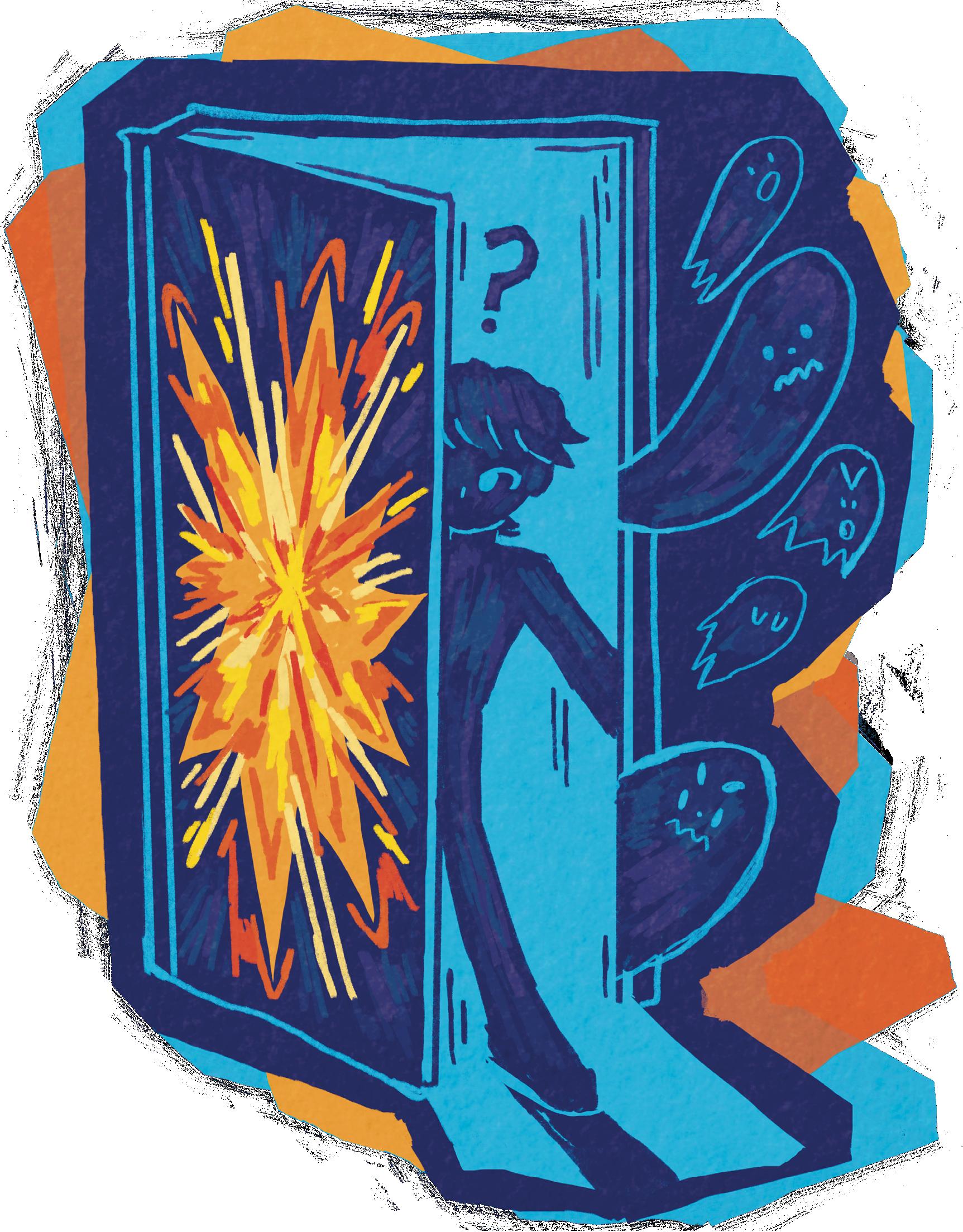
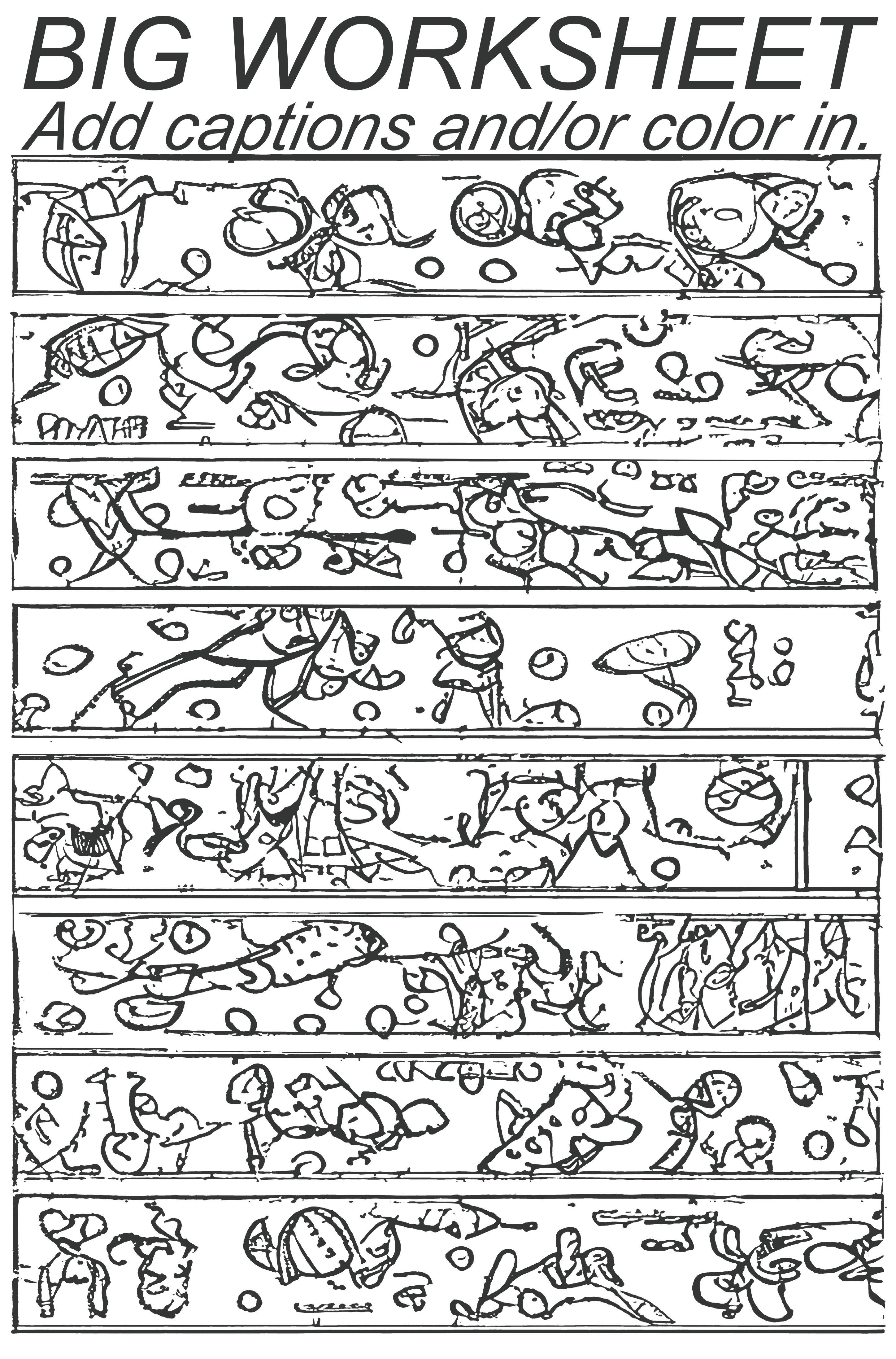
Dear reader,
Once again, I come to you sick. No, not love-sick, just my-tummy-sort-of-hurts-andthere’s-nothing-to-do-about-it-sick… which might be even worse. Last semester, it was Halloweekend that took me out; this semester, it was spring break—so cliché, I know.
But the state of my stomach, among other affairs, has given me a great deal of time to overthink. Which, as you’ll know if you’ve been keeping up, is one of my favorite hobbies. And as I recover from spring break, my mother texts me about Easter Sunday, and I live in fear of the advent of April Fool’s, the convergence of these events has me thinking a great deal about trust and faith. How much trust should I have placed in the flimsy, precariously short dress I wore a few nights ago? (Very little.) Was that trust misplaced? (Definitely.) Did I have too much faith in the tap water at my Airbnb? (Yes.) Will one of my friends play a vicious prank on me in the upcoming days? (Please please please no.) Did Jesus’ friends think he’d just played a vicious prank on them? (Theologically interesting.) Who or what do we trust to lead us? Where should we be putting our faith? The questions are swirling, much like the contents of my stomach. Sometimes we put our trust in those Cosmopolitan astrology articles, sometimes in Reddit, but almost always, it’s just in our local witty, college-aged advice columnists. Trust me, I know what I’m talking about!

DearIndy,
HowmuchtrustshouldIputinmygut? Ikeepgettingafeelingthatsomething’s wrong,evenifnothingisconfirmed.
Sincerely, Gut Health Check
Dear Gut Health Check,
Without being a doctor, I do think that what you’re describing is anxiety. Or if not anxiety, some sort of paranoia. Like, maybe something’s not quite right… but not in a way you have to be worried about. Sorry if that’s confusing.
If we were living in another time, or maybe if we were cats, I’d be like sure, trust your instincts. Because evolutionarily, that bad gut feeling was to tell us when we were in danger. But if your “instincts” are telling you that something terrible is happening in the party bathroom you’re not in… I’m here to tell you that your instincts got a little fucked somewhere along the line.
So while I’m not saying you’re necessarily wrong – bad things do happen, believe me – I am sure that living by that bad gut feeling is no good for anyone. My advice is to acknowledge your gut feeling (okay, the notion of walking into the Blue Room right now makes me want to throw up), but take some steps back from it (I’m being ridiculous, just go). If bad things are meant to come out, they will, but until then: ignorance is bliss, baby. Drink some ginger ale and go conquer the world!
Dear Indy,
My ex and I are estranged right now, but I still feel like there’s something tying us together, and like our story has more left to it. Should I trust that instinct, and if so, how can I go about rekindling?
Sincerely, Invisible String
Dear Invisible String,
At the very end of The Sun Also Rises, after some bullfighting and wine and then some human fighting, Brett and Jake have basically realized that things between them just aren’t going to pan out. They’re in a car, I think, and Brett says something like “Oh, Jake, we could have had such a damned good time together.” And Jake just sits there and says, “Yes, isn’t it pretty to think so.” Bam! The book is over. This ending is perfect to me, because Jake’s no fool! Brett wants to dream about what they could’ve been, and Jake agrees that this dream is pretty sweet, but realizes it’s only just that: a dream.
My point with all that, beyond just drawing attention to one of my FEAT (Favorite Endings of All Time), is to say that we often romanticize what could have been. Maybe you’re imagining a future in which suddenly you and your ex’s irreconcilable political differences vanish, or they’re no longer allergic to your cat, or they’ve finally abandoned the beanie. And while that’s nice to think about, I’d caution you against making these narratives too real in your head. I’d urge you to really interrogate what that “something” tying you together is. Is it something real? Or is it something like my middle school boyfriend who went to another school—by which I mean, imaginary. (My gut feeling, without knowing you, is that you’re probably estranged for a reason. Trust that reason.)
But alas, my slide-back rate indicates that I’m not exactly in a position to be giving out this sort of advice, and I’m certainly no Hemingway, so if you want to rekindle—knowing that it might all go up in flames—go for it. An Instagram story like should be a good starting spark. If you’re lucky, maybe they’ll like your story back, and then you can like theirs again, now you can be in a lovely story-liking echo chamber. Young love is exciting, isn’t it!


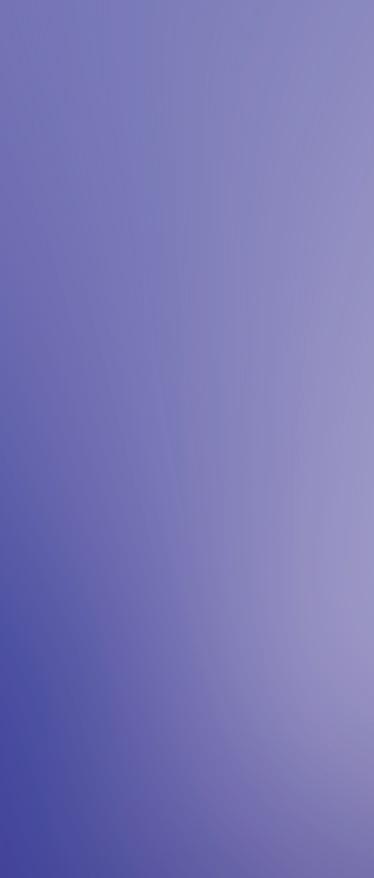




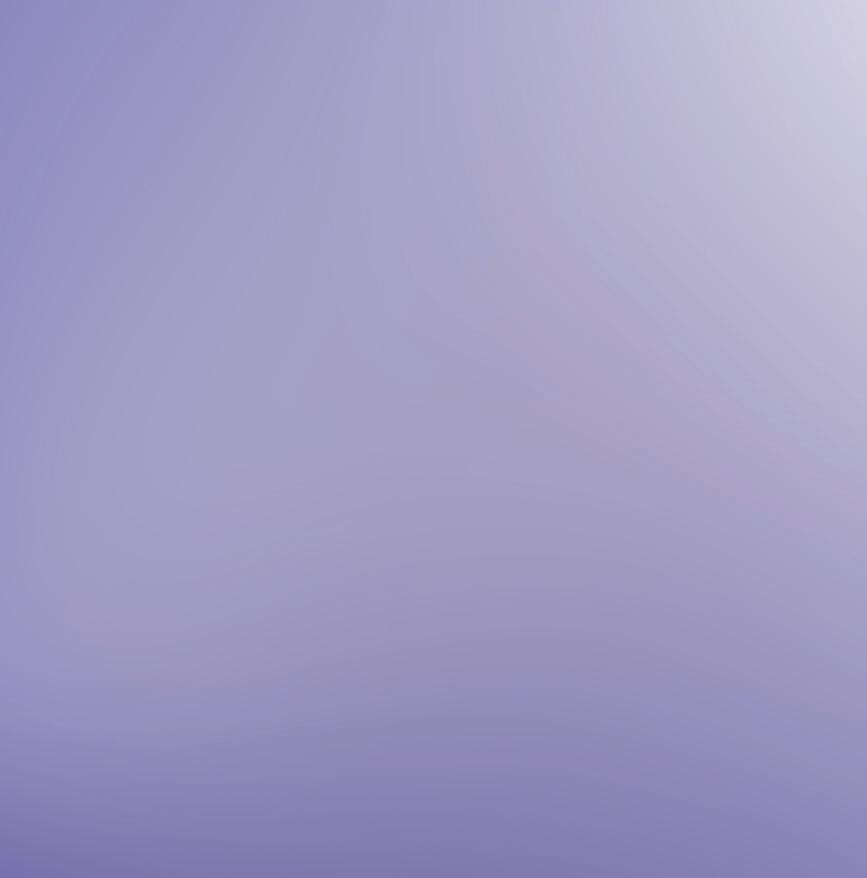
Do you have an event, action, or other information for the Providence community that you’d like to see shared on this page? Email us at indybulletinboard@gmail.com!
*Mutual aid is “survival pending revolution,” as described by the Black Panthers. Join in redistributing wealth to create an ecosystem of care in response to institutions that have failed or harmed our communities.
FANG Collective
The FANG Collective, whose name stands for Fighting Against Natural Gas, is an abolitionist organization that aids nonviolent resistance both in relation to climate justice and other liberation movements. Most notable is their bail fund, founded in 2020, which supports incarcerated folks in Rhode Island and Massachusetts. You can donate to their bail fund at the link in the bio of @fangcollective.
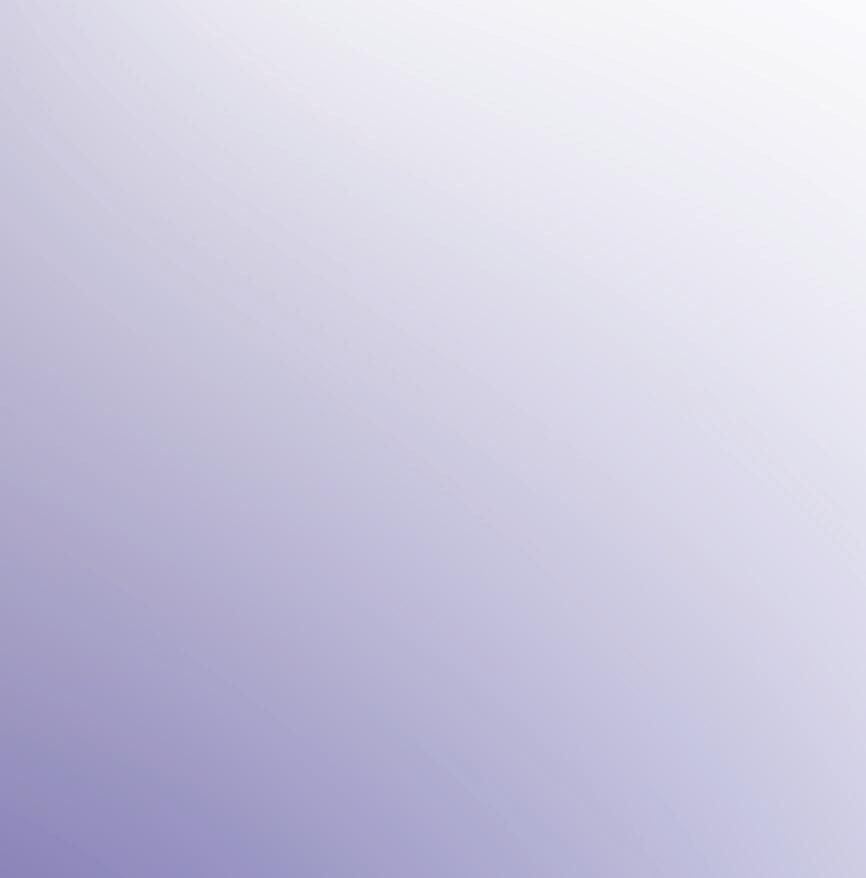
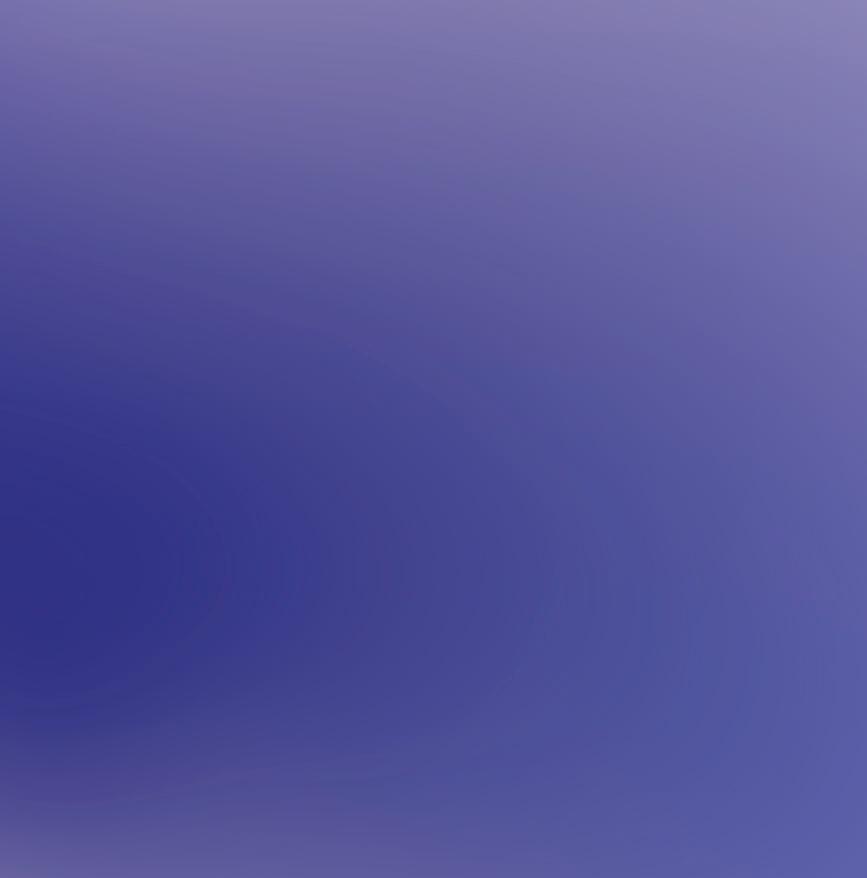
Open Doors RI Annual Necessity Fundraising Event
Thursday 4/11 @6PM-7:30PM
St. Martin’s Episcopal Church, 50 Orchard Avenue, Providence, RI
Come support Open Doors RI for their annual fundraising event commemorating 20 years of service in the community. The Necessity Fund is dedicated to addressing financial, housing, employment, and education issues. 100% of donations will be directed to residents and community members to fund necessities such as food, clothes, and bus passes. The link to donate and get tickets is https:// opendoorsri.org/events.
Teaching Artist Grant for RI Indigenous and African Heritage Teaching Artists
Rolling from 3/11 to 5/1
For this second round of funding, The Interlace Artist Grant Program and AS220 is running their grant to support Indigenous and African heritage teaching artists. More specifically, the grant aims to alleviate the economic burden brought on by the COVID19 pandemic, acting as a resource for those most impacted by it. Selected applicants will be chosen by a jury of Indigenous and African Heritage leaders in the area. You can apply online via Submittable and find more information at https://www.interlacefund.org/ taggrant.
ProvSlam Open Mic + Open Qualifier Poetry Slam

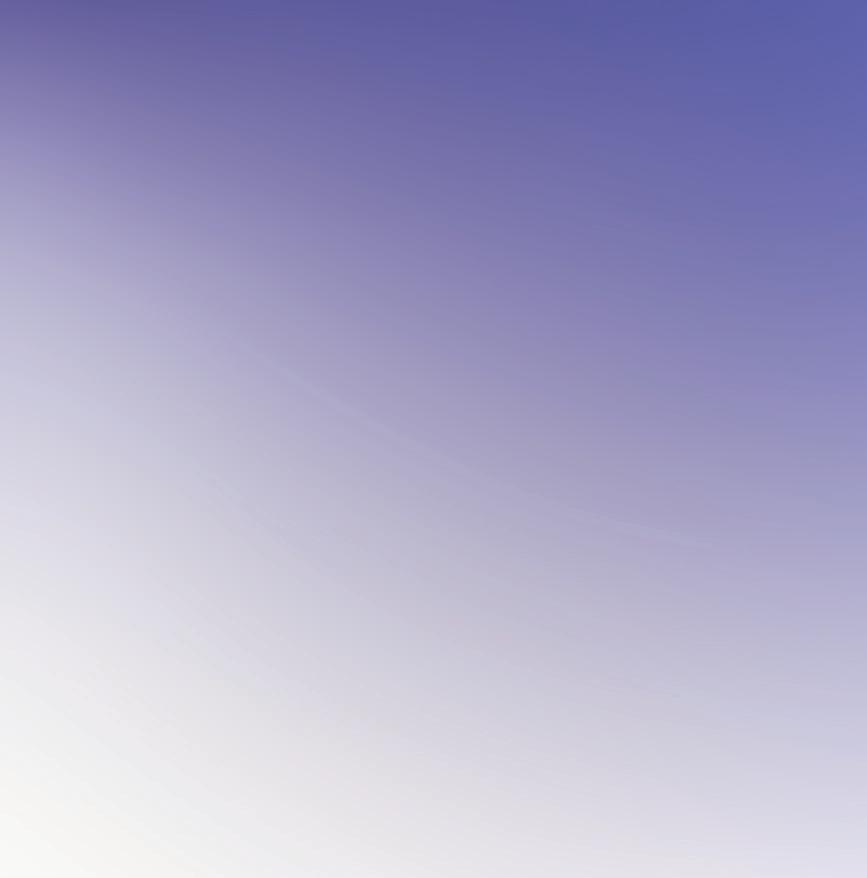
Thursday 4/4 @7:30PM 115 Empire Street, Providence, RI
Come see AS220’s first show of National Poetry Month! There will be both a general open mic as well as the qualifiers for the 2024 ProvSlam Team. The event is open to artists of all genres and ages—sign ups and doors are at 7PM, and you may perform two to three poems under three minutes each.


Ace Trans Inter: Rethinking Voids, Nothings, and Absences with KJ Cerankowski
Wednesday 4/10 @5PM-6:30PM 75 Waterman Street in Petteruti Lounge, Providence, RI
As part of the LGBTQIA+ Thinking Initiative with the Pembroke Center and the Gender Equity Speaker Series with the Sarah Doyle Center, this lecture with scholar and poet KJ Cerankowski explores “asexuality as an expansion of desire and pleasure rather than as a lack.” Cerankowski will use the film Border (Gräns) as their theoretical launching point. Masks will be required, and there will be closed captions.
Literary Trivia Wednesday 4/10 @7PM 60 Valley St #107A, Providence, RI

Figure Drawing

Back to the books! Join Riffraff Wednesday night for some literary trivia. Grab your friends and team up, or come solo and meet some new people alongside drinks and cheese boards—all while supporting your local bookstore!
Eating Local on a Budget
Thursday 4/11 @6PM
Mt. Pleasant Library 315 Academy Ave, Providence, RI

Saturday 4/6 @11:30AM & Monday 4/8 @7:30PM
DM @lostbagspace on Instagram for the address
Want to brush up your art skills? Practice figure drawing with Lost Bag, a local community arts space. This event will take place throughout April every Monday and Saturday. The recommended entry fee is $10, but everyone is welcome regardless of whether they have funds.
Exhibition with Activations: From Hold to Horizon Saturday 4/6 through Tuesday 6/25
150 Empire Street, third floor of the Joan T. Boghossian Gallery, Providence, RI
Curated by Kei Soares Cobb and Becci Davis, this exhibition thinks about liberation through human relationships to the ocean with a primary focus on Captain William A. Martin, a Black whaling-ship captain during the nineteenth century. In addition to being open for more casual viewing, there are also scheduled activation days each Saturday and some Mondays where you will be guided through the exhibition with exercises.


If you’re interested in getting your groceries locally but prices have kept you away, this is the event for you. With Farm Fresh RI, you’ll hear more about the pros of buying food sourced near you and how to do so in a way that is budget-friendly. There will also be a cooking demonstration and taste test! You can email cmills@clpvd.org with any questions.
Immerse Yourself in a Day of Creativity
Saturday 4/13 @3PM-8PM
WaterFire Arts Center, 475 Valley Street, Providence, RI
Join the “Welcome to the Anti-Robot Club” for their day of creativity at the WaterFire Arts Center! There will be a free marketplace featuring many local vendors and small businesses, as well as art, live music, and food trucks. Over 200 creatives from around New England will be showcasing their amazing work in galleries and exhibits! You can RSVP and get tickets (there is a recommended $5 donation) in advance at the link in the bio of @anti_robotclub.




